Scotland’s West Highland Line is one of the most scenic rail journeys in the world, and I think it must be the best one-day scenic rail journey, period.
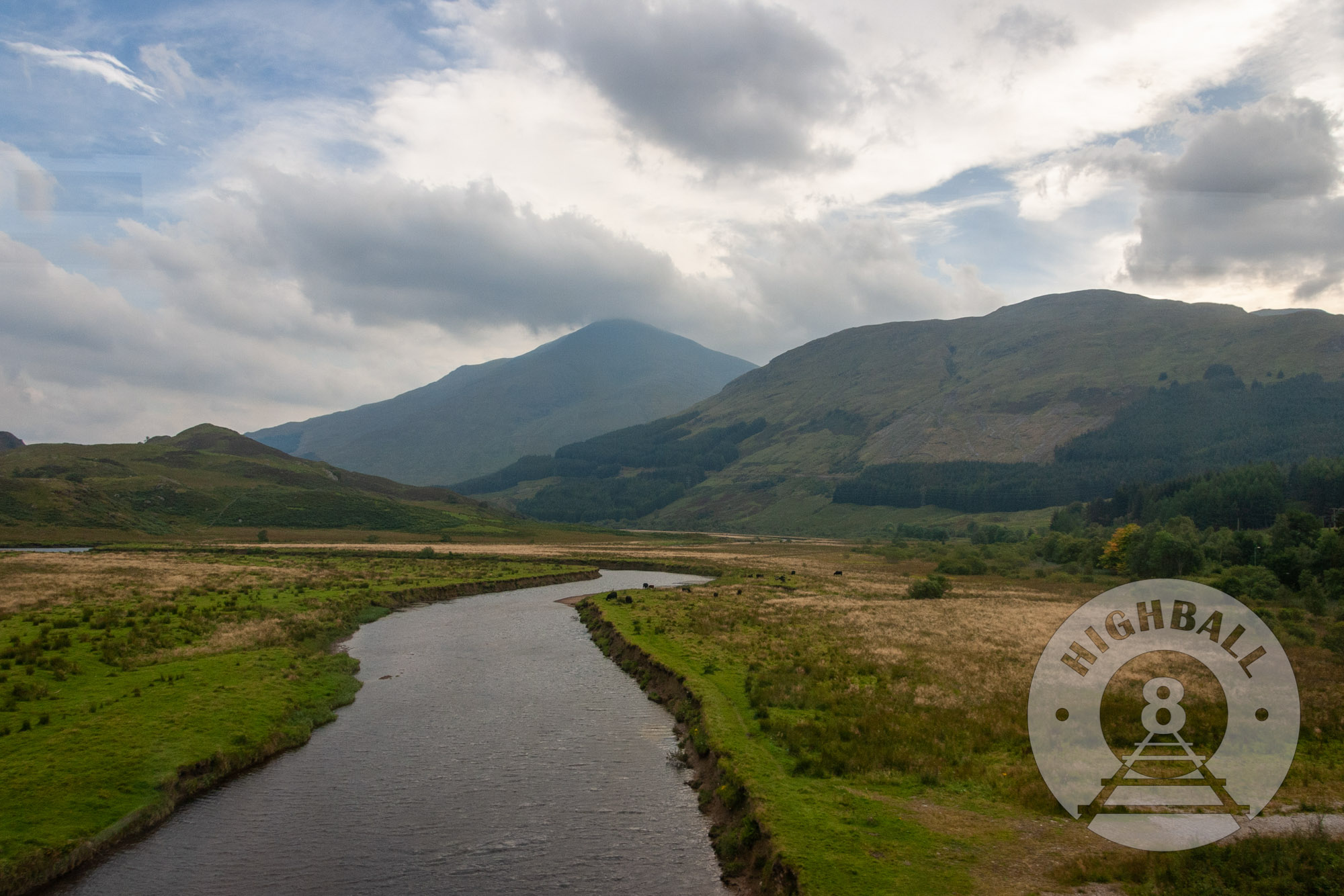
In September 2010 we left from Glasgow Queen Street Station around 0900, rolling west and north through Glasgow and its suburbs along the north bank of the Clyde. After passing the town of Helensburgh the train looks down over the Gare Loch and the Royal Navy’s submarine base at Faslane. At Garelochhead the train turns due north and soon the western shore of Loch Lomond is on the right side of the train. After Crianlarich the trees become less prominent as the train heads east and then north across Rannoch Moor before arriving at Corrour, often identified as one of the most remote – it is not accessible by public road – and highest-altitude railway stations in the UK. (You may have seen it in the film “Trainspotting.”) The train travels along Loch Treig and the River Treig, and the River Spean. After passing the small towns of Roy Bridge and Spean Bridge the train approaches Fort William and Ben Nevis, the highest mountain in Great Britain.
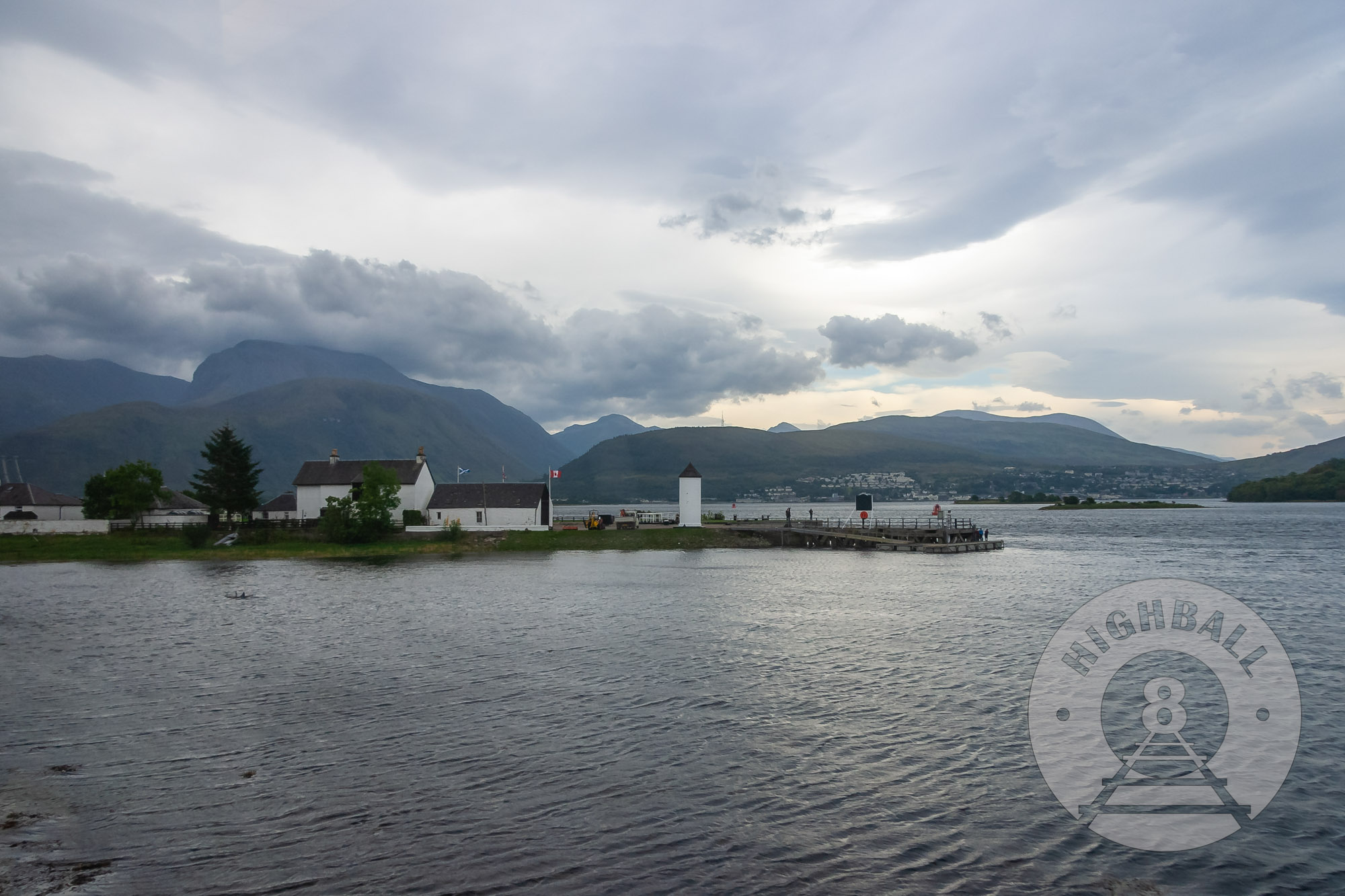
The train stops for an extended period at Fort William, where you may see the Caledonian Sleeper train from London sitting on the platform. It then heads back east before turning north and crossing the River Lochy, passing through Banavie, and then crossing over the Caledonian Canal as it empties into Loch Linnhe. The Caledonian Canal is a 60-mile waterway, with man-made portions connecting various lochs on route from southwest to northeast; the other mouth of the canal is at Inverness on the North Sea. West Highland Line passengers looking out the right side of the train on the trip to Mallaig can see Neptune’s Staircase, a series of eight canal locks that raise and lower a boat 64 feet from the canal to loch level.
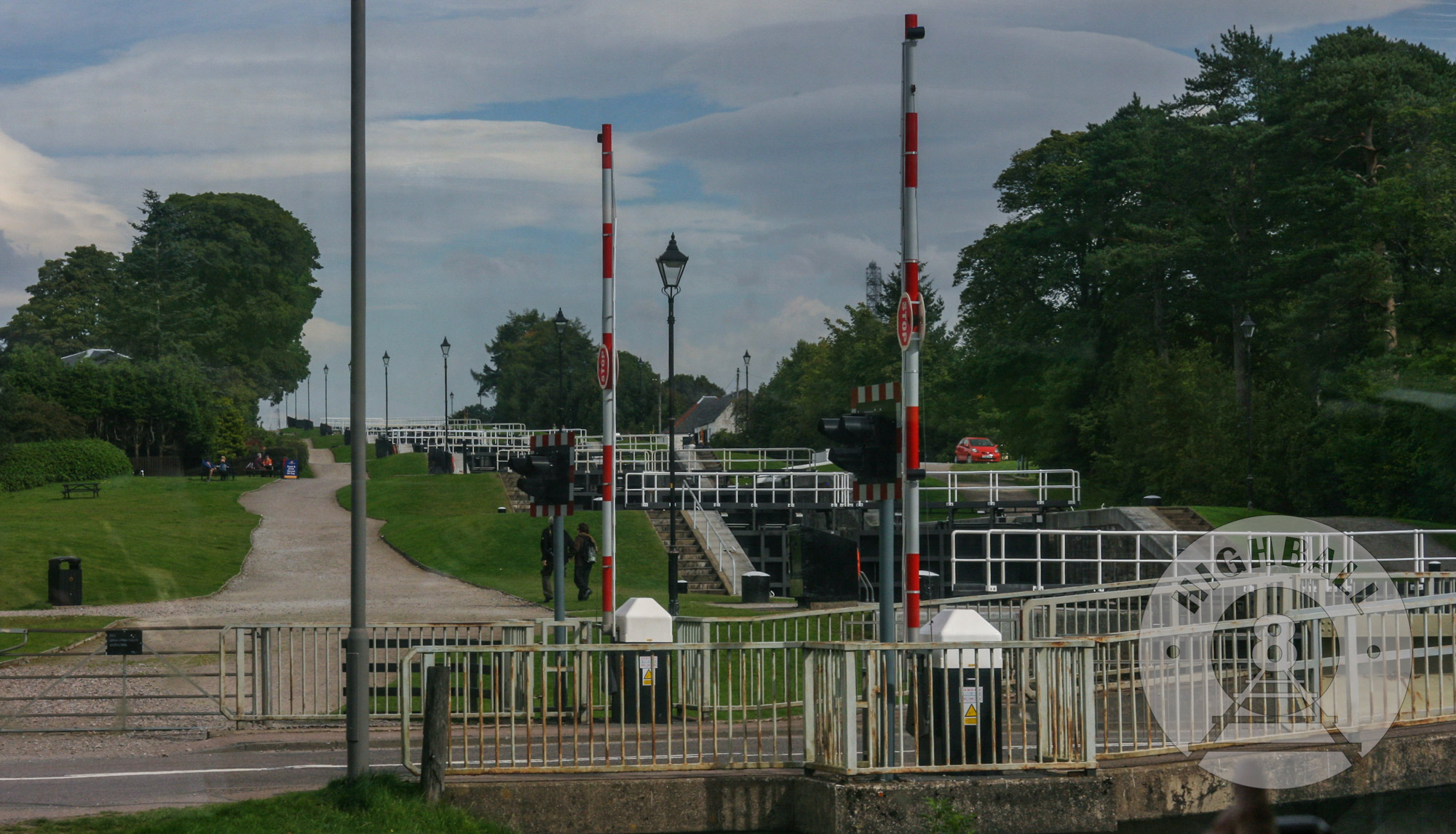
Heading west, the train traverses the arches of the Glenfinnan Viaduct, famous from the Harry Potter movies’ Hogwarts Express. Another point of interest here lies about half a mile south of the viaduct. The Glenfinnan Monument commemorates the event in August 1745 when Prince Charles Edward Stuart, aka Bonnie Prince Charlie, raised his standard and laid claim to the thrones of Scotland and England, triggering the Jacobite Uprising that would end the next year at Culloden.
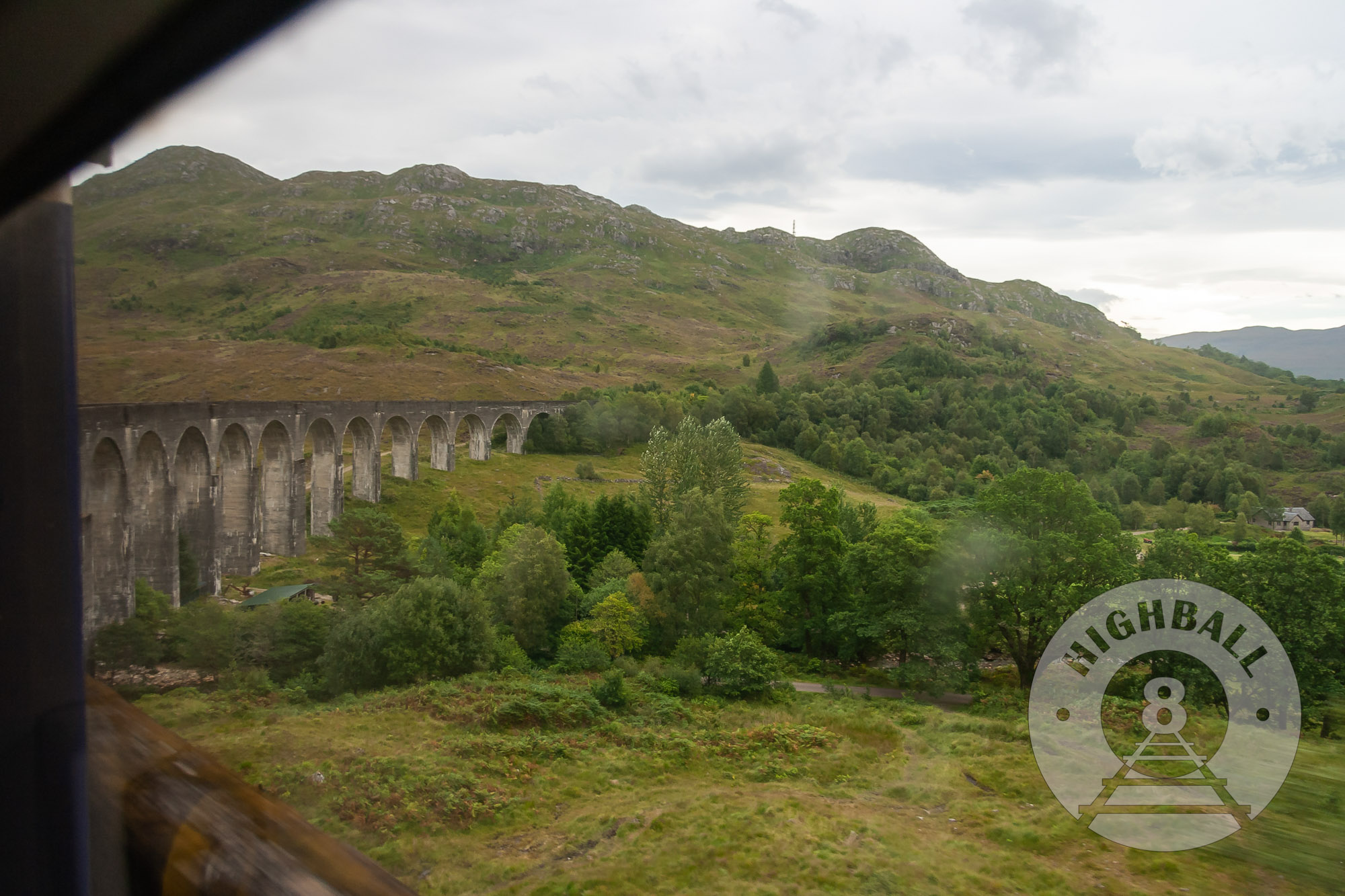
On the final leg of the trip to Mallaig, I felt like the beauty – and the size – of the terrain intensified. As an American, but one who has not even seen the “biggest” parts of America, I have always seen some of the terrain features of the British Isles as, well, “smaller.” (And I love the countryside of the UK and Ireland, perhaps even more than what we have in America. It’s just “smaller.”) When the Thames rolls through London or the Liffey through Dublin, or the Clyde in Glasgow… these rivers just seem smaller than even intermediate North American rivers. Some Americans may even consider those “rivers” to be creeks. Or that’s what I thought until we got close to Mallaig. The lochs, the rivers, the hills, the mountains on the distant islands, the boulders just sitting right next to the railway line: These were not small, even by an American standard.
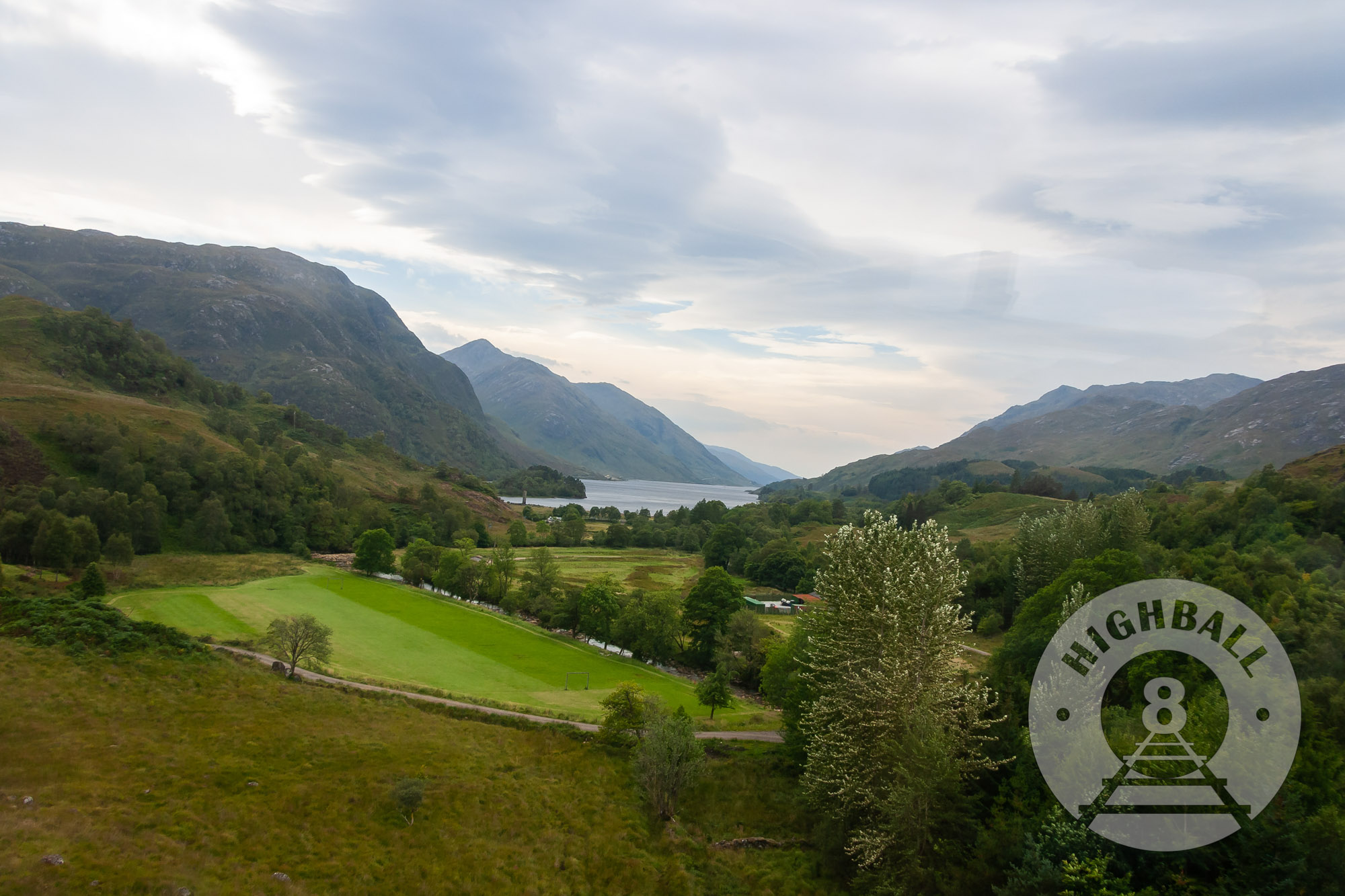
Anyway, it was about 1415 when the train finally reached Mallaig, five hours outbound from Glasgow. (There were some delays, but five and a half hours should be your expected travel time.) From what I could tell, Mallaig was a seafaring town: lots of fishing and a port of embarkation for the Isle of Skye and the many other famous islands off of the west coast of Scotland. We had lunch at The Cornerstone, which was a second-floor restaurant near the harbor. We had mussels, and they may have been the best mussels I have ever had. The authenticity was enhanced by the waiter (I think he may have been French), who, when he observed us taking pictures of the mussels, asked us if anything was wrong. But not in a concerned way, in a “stop being a prick and eat the food we have made for you” way. (This was 2010 – we were using a point-and-shoot digital camera and I am pretty sure Instagram had not been invented.)
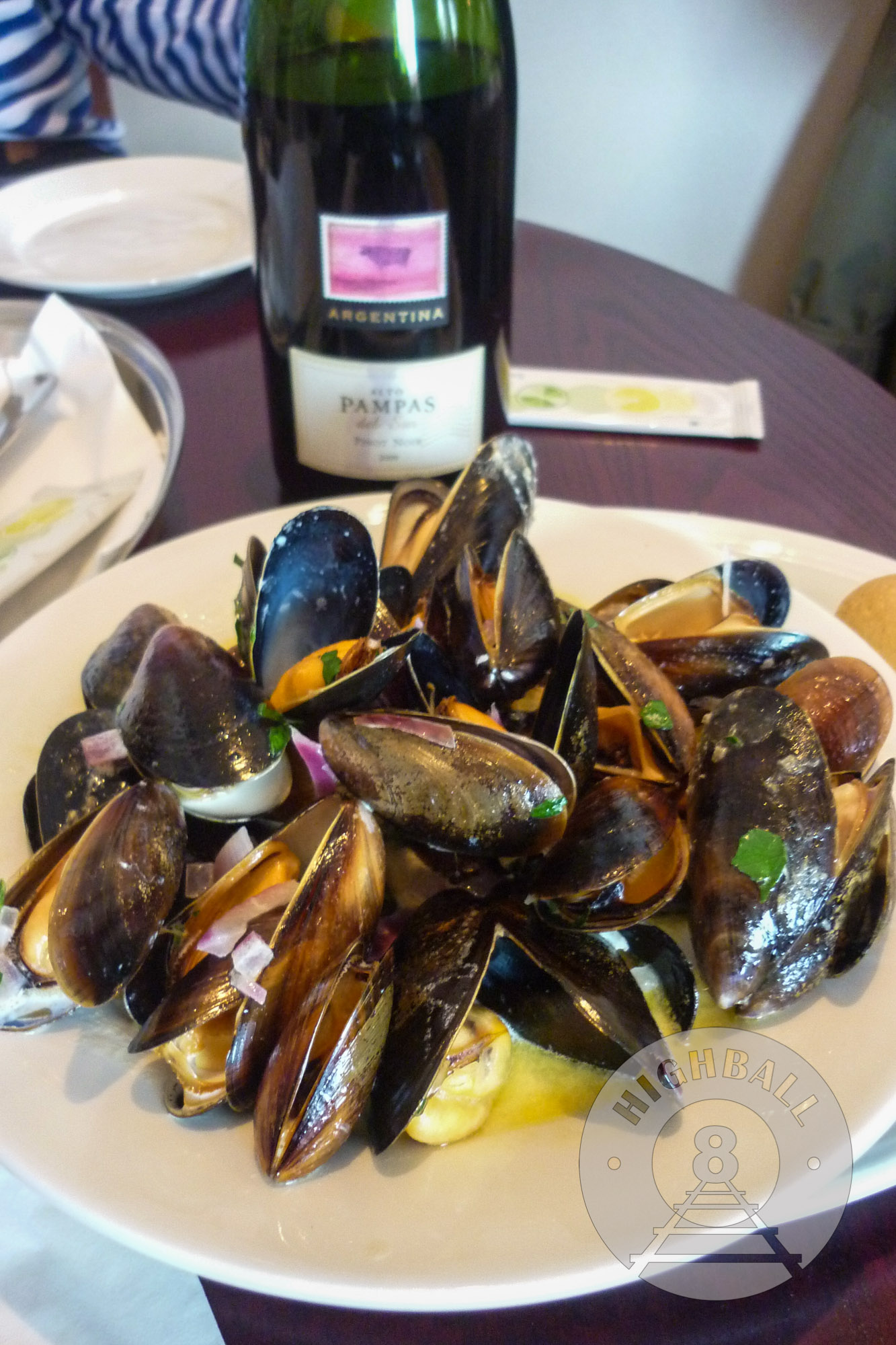
After lunch, we walked around the harbor area and onto a footpath that looked over the town, but before long it was time for our return train to Glasgow. I hit up The Co-Op for a bottle of Famous Grouse. The photographic record shows that I also acquired some tins of Export and Tennents, but I may have bought those from the refreshments trolley on the train. So I had a fair amount to drink on the way back. Part of the reason was that, even though it still got dark “late” in Scotland in early September, it was too dark to enjoy the view a long time before we got to Glasgow.

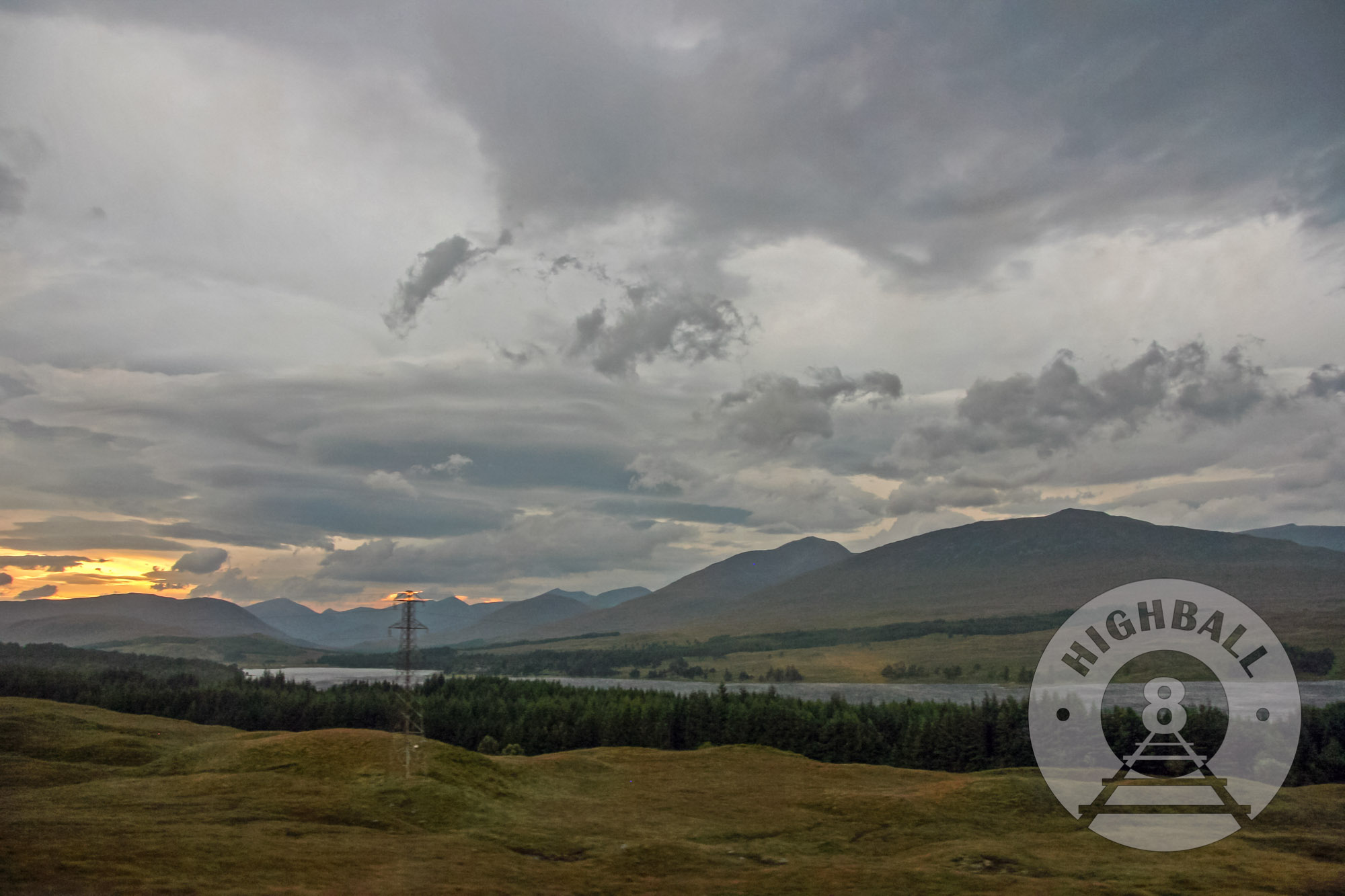
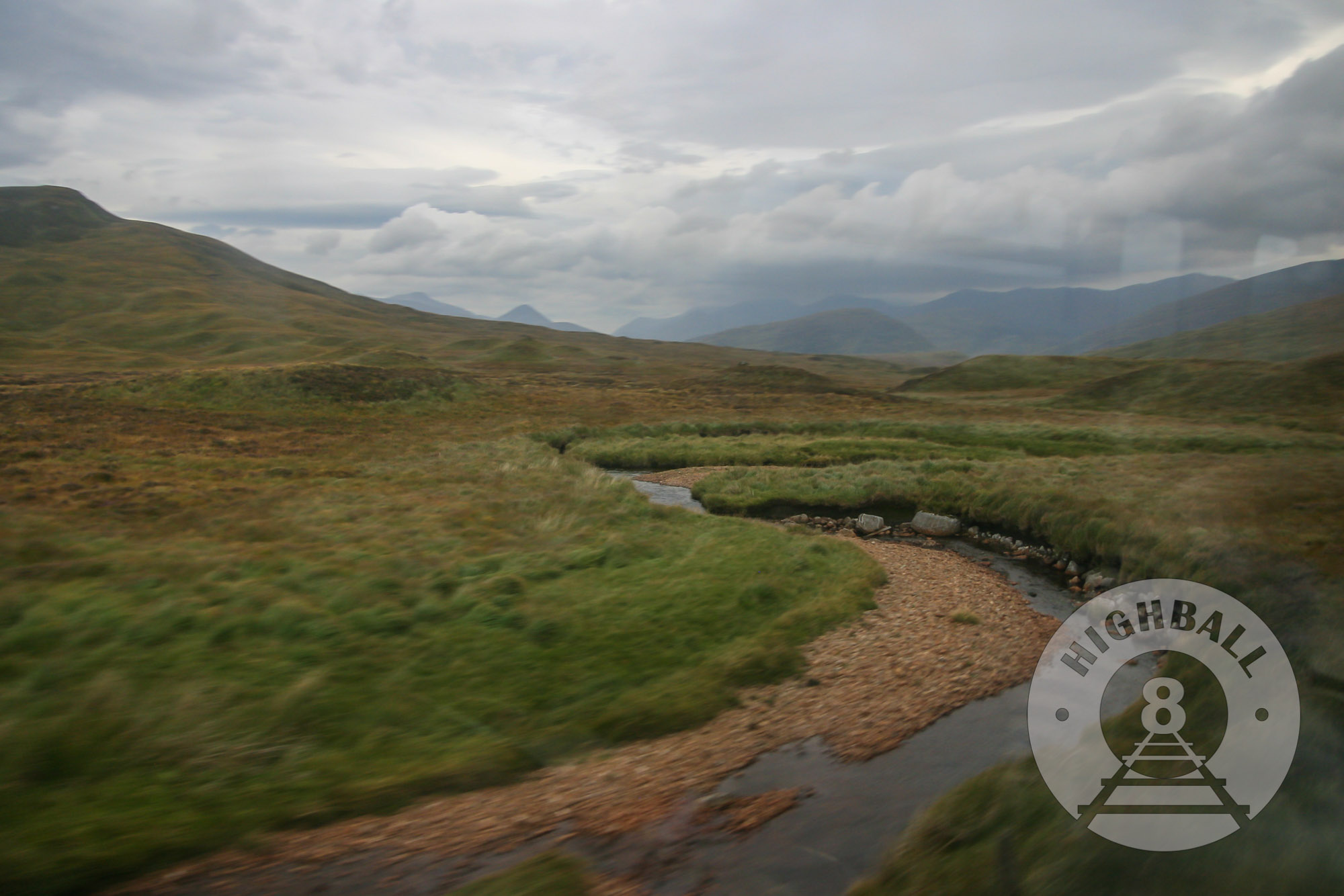
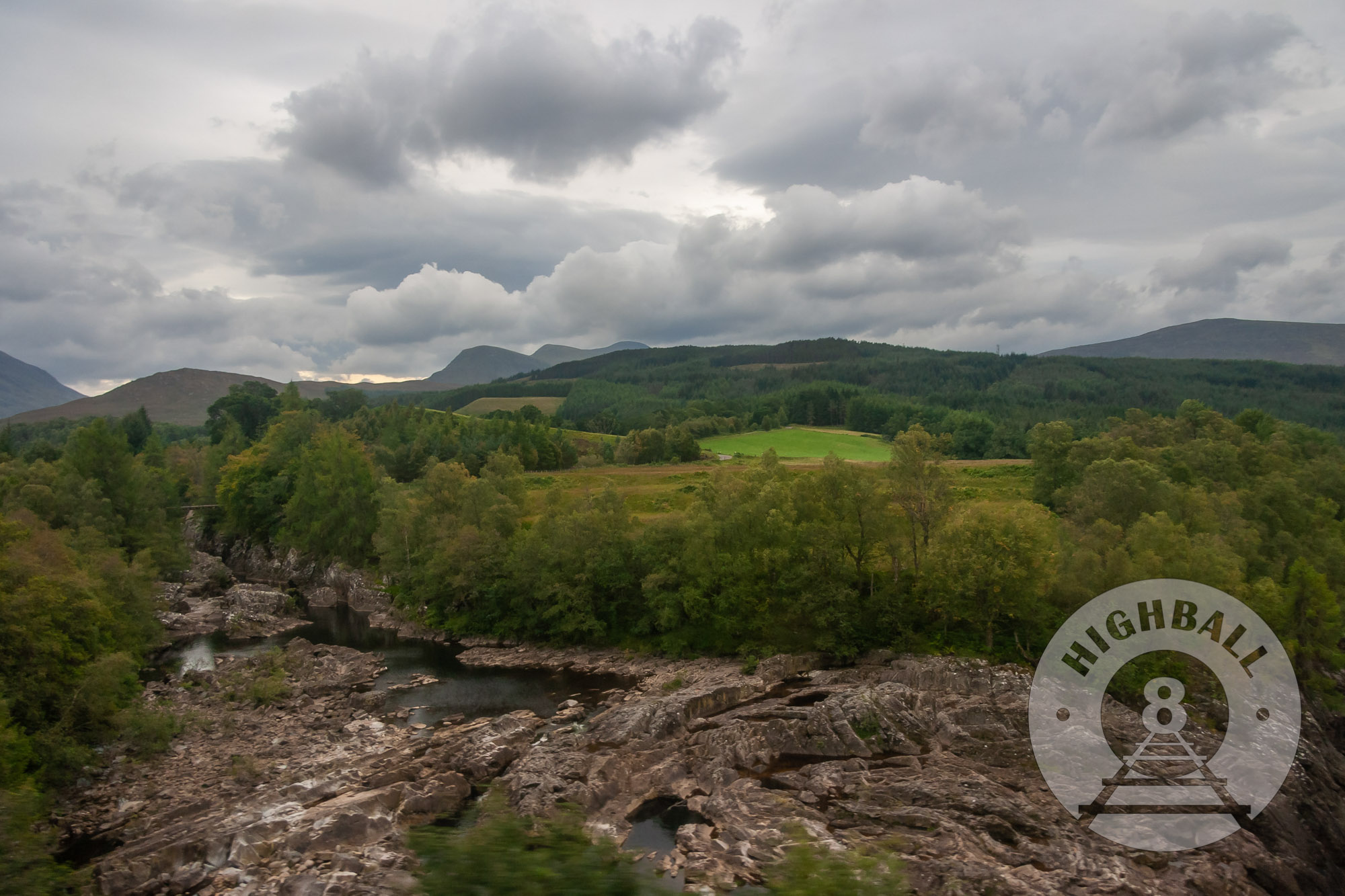
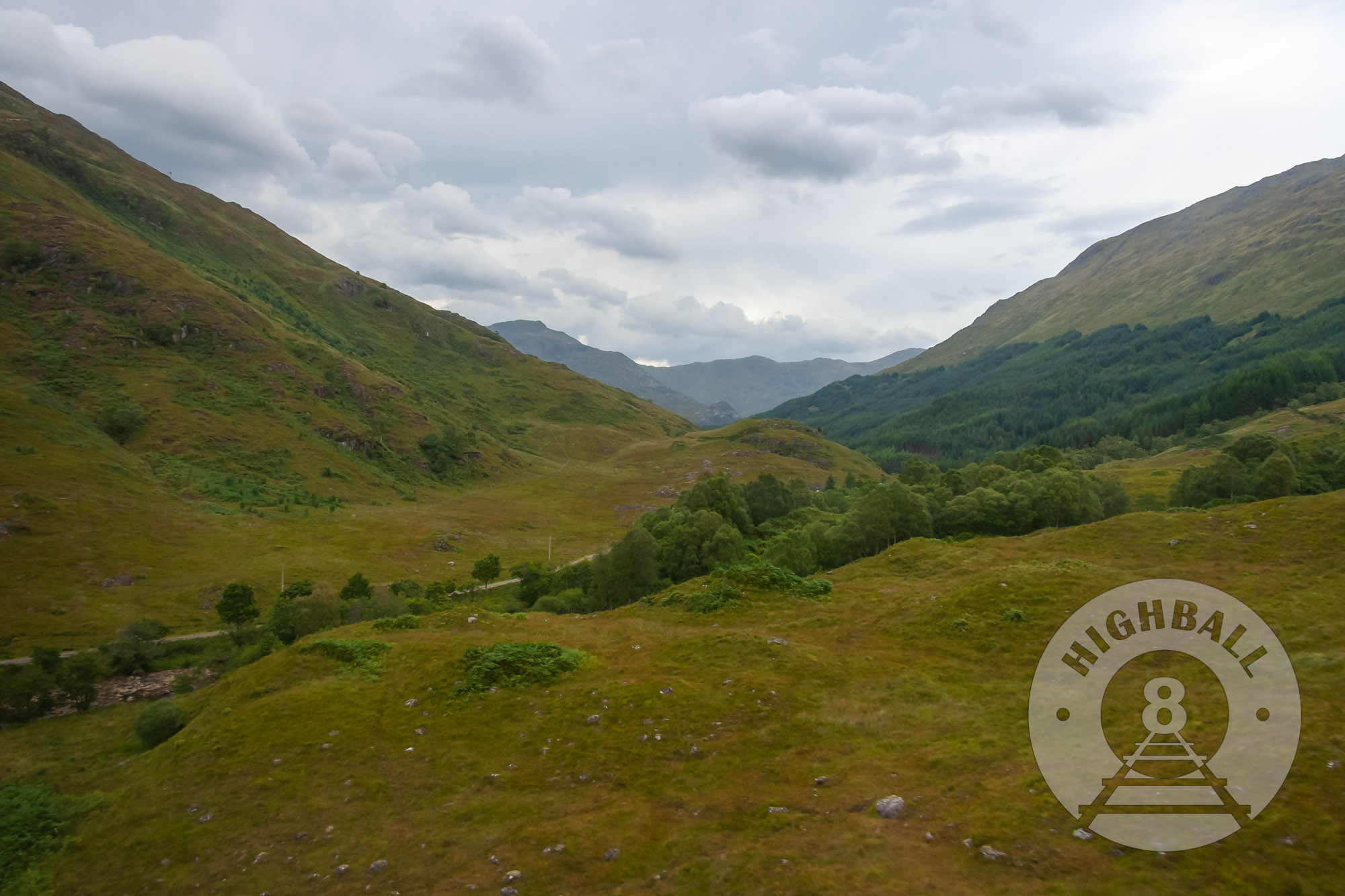
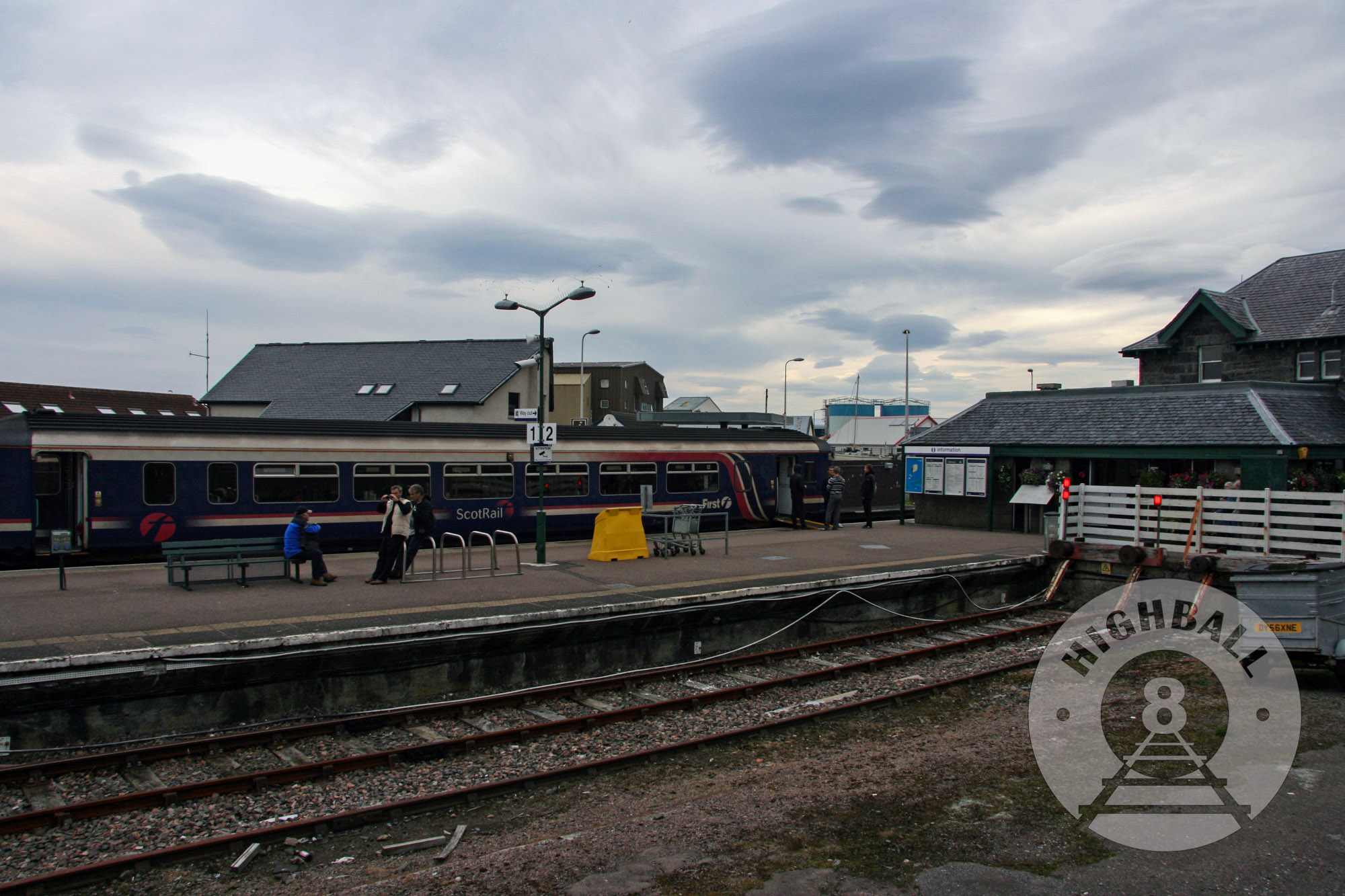
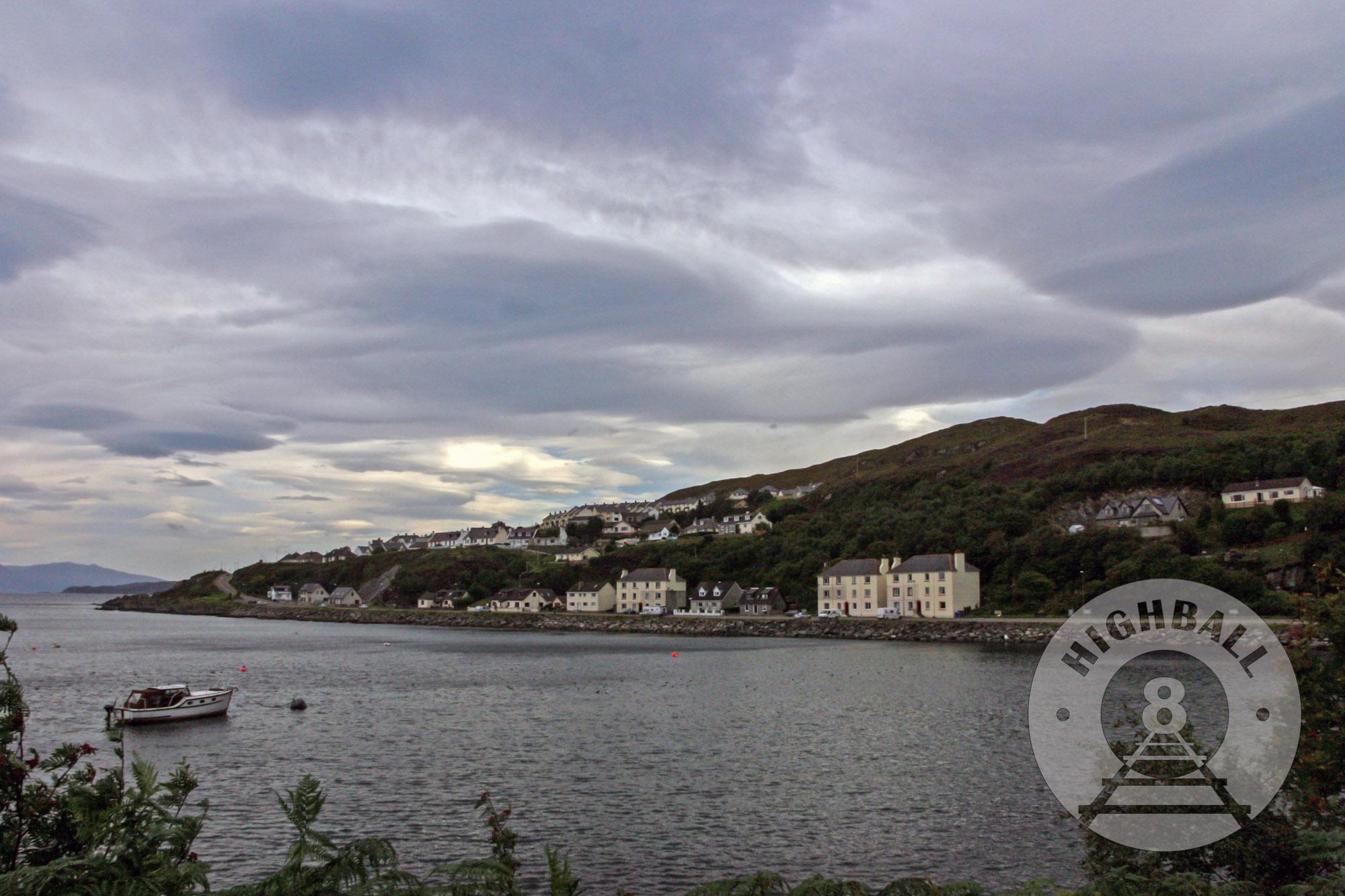
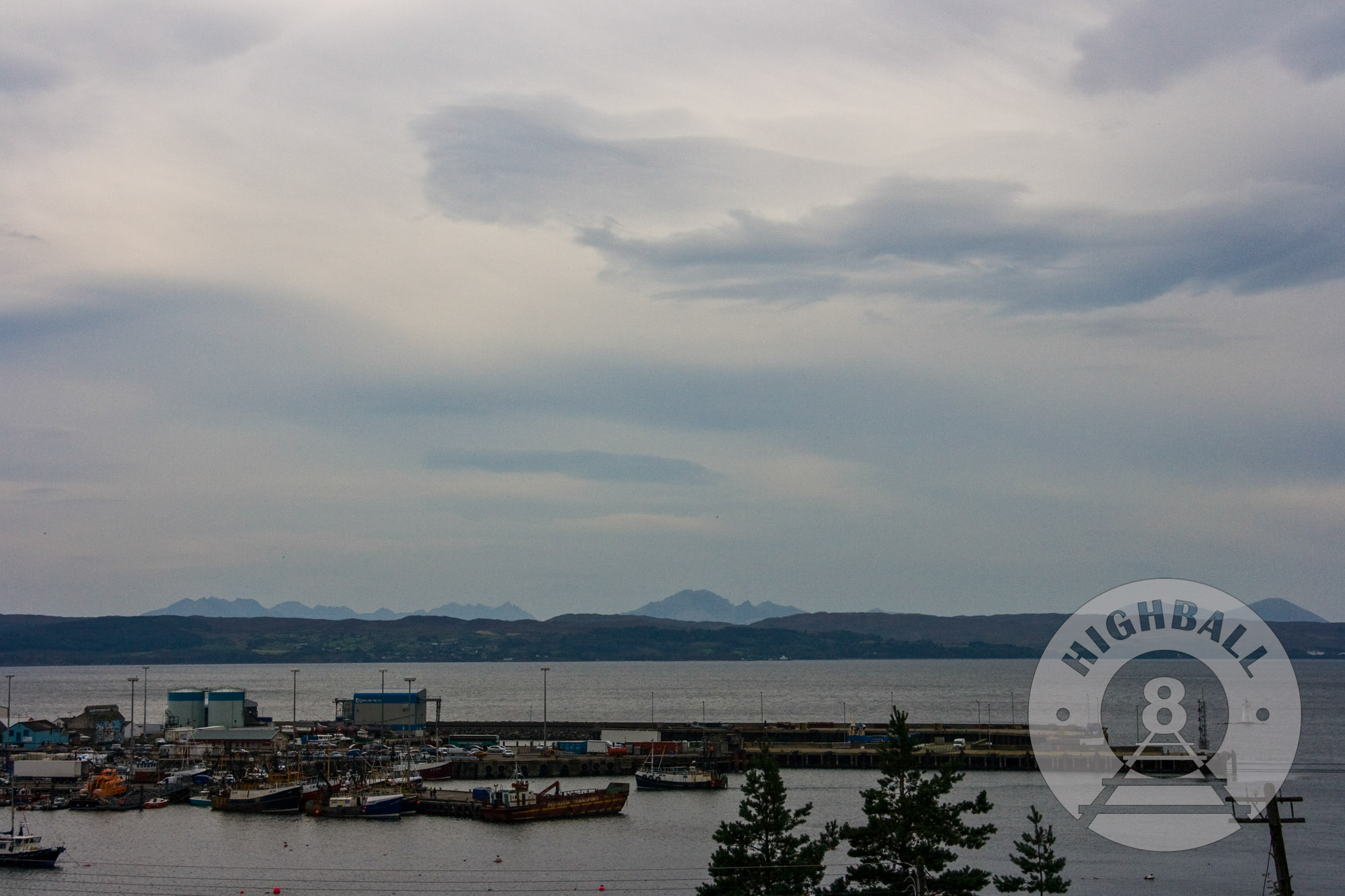
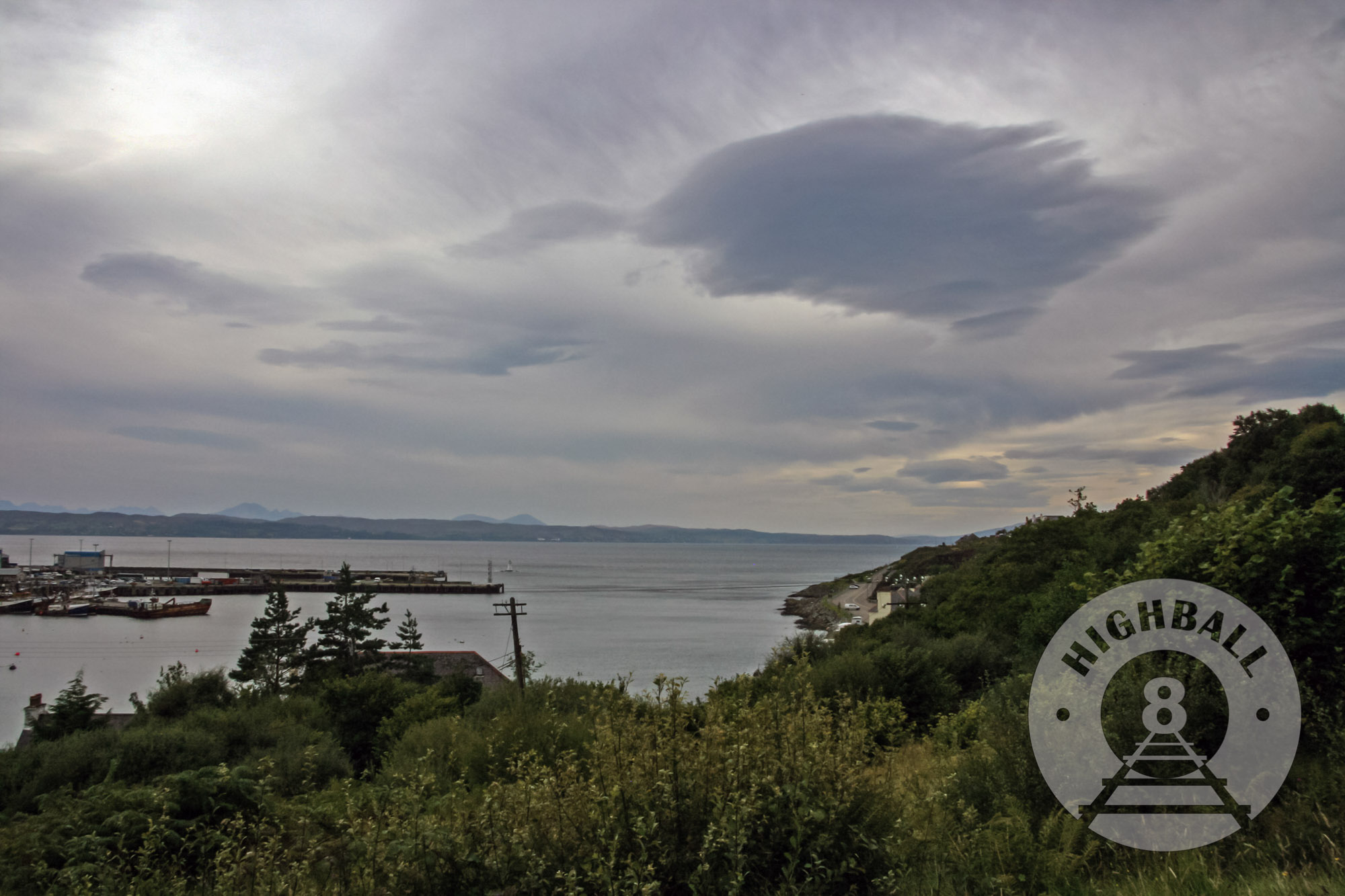
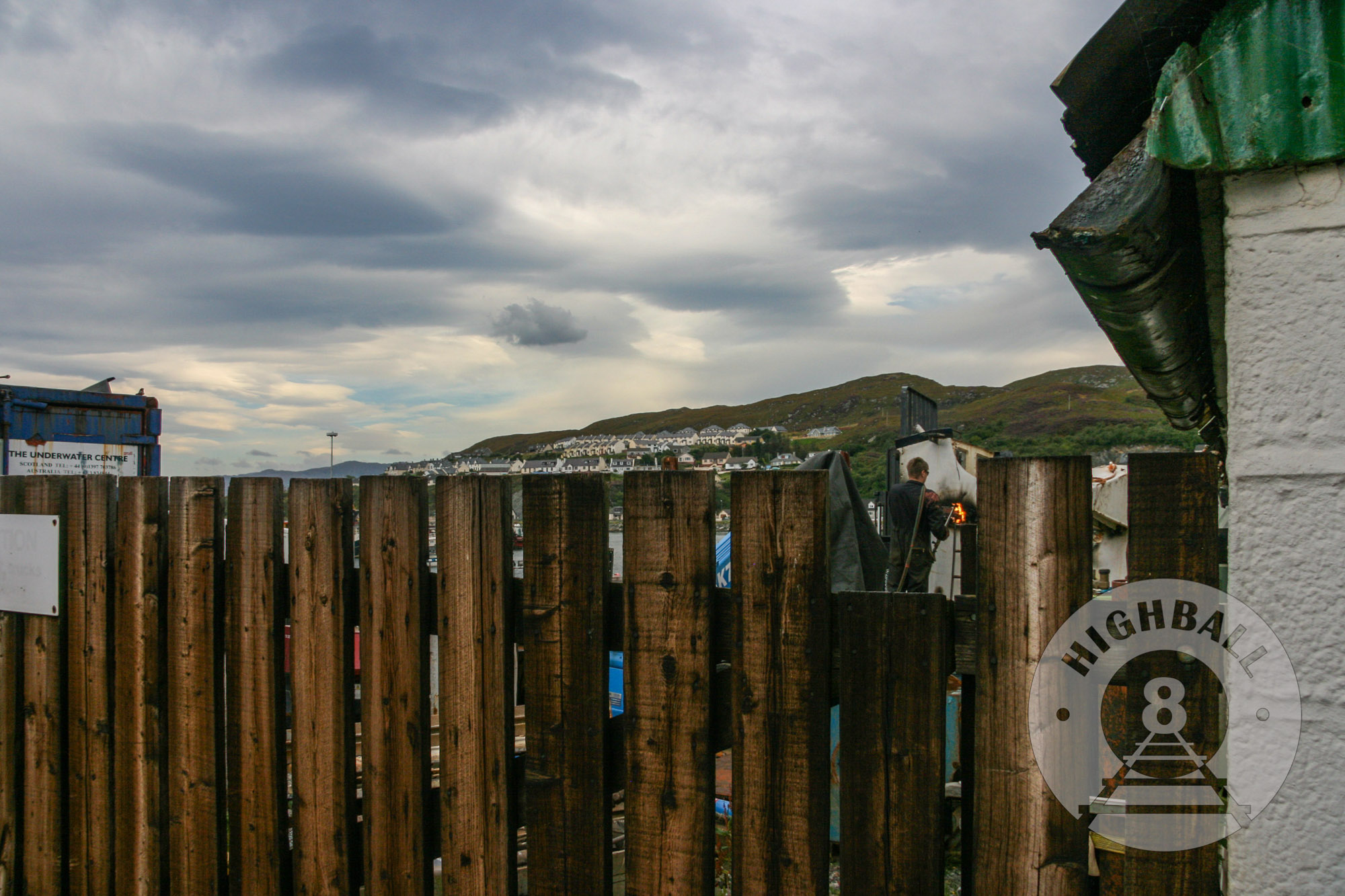
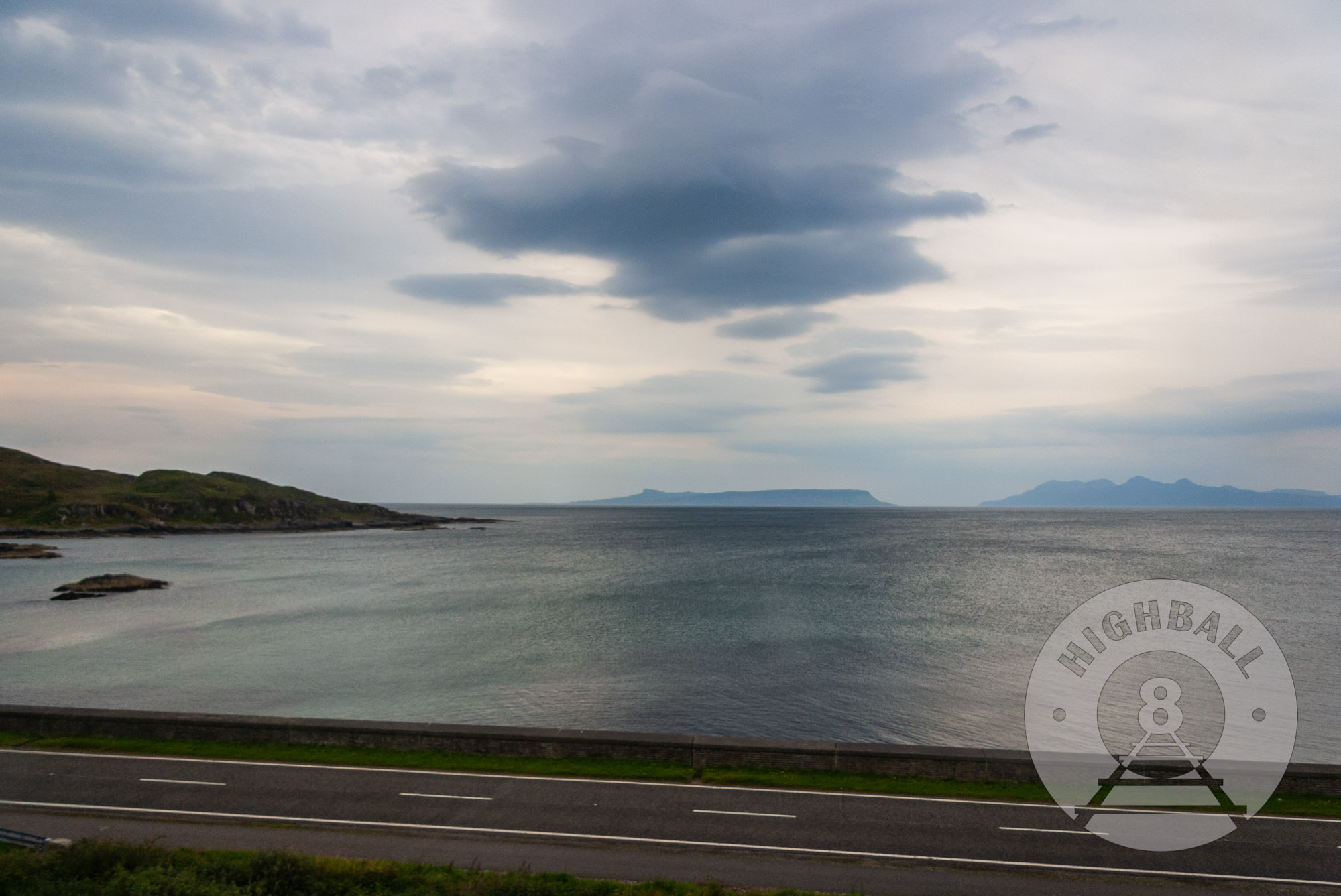
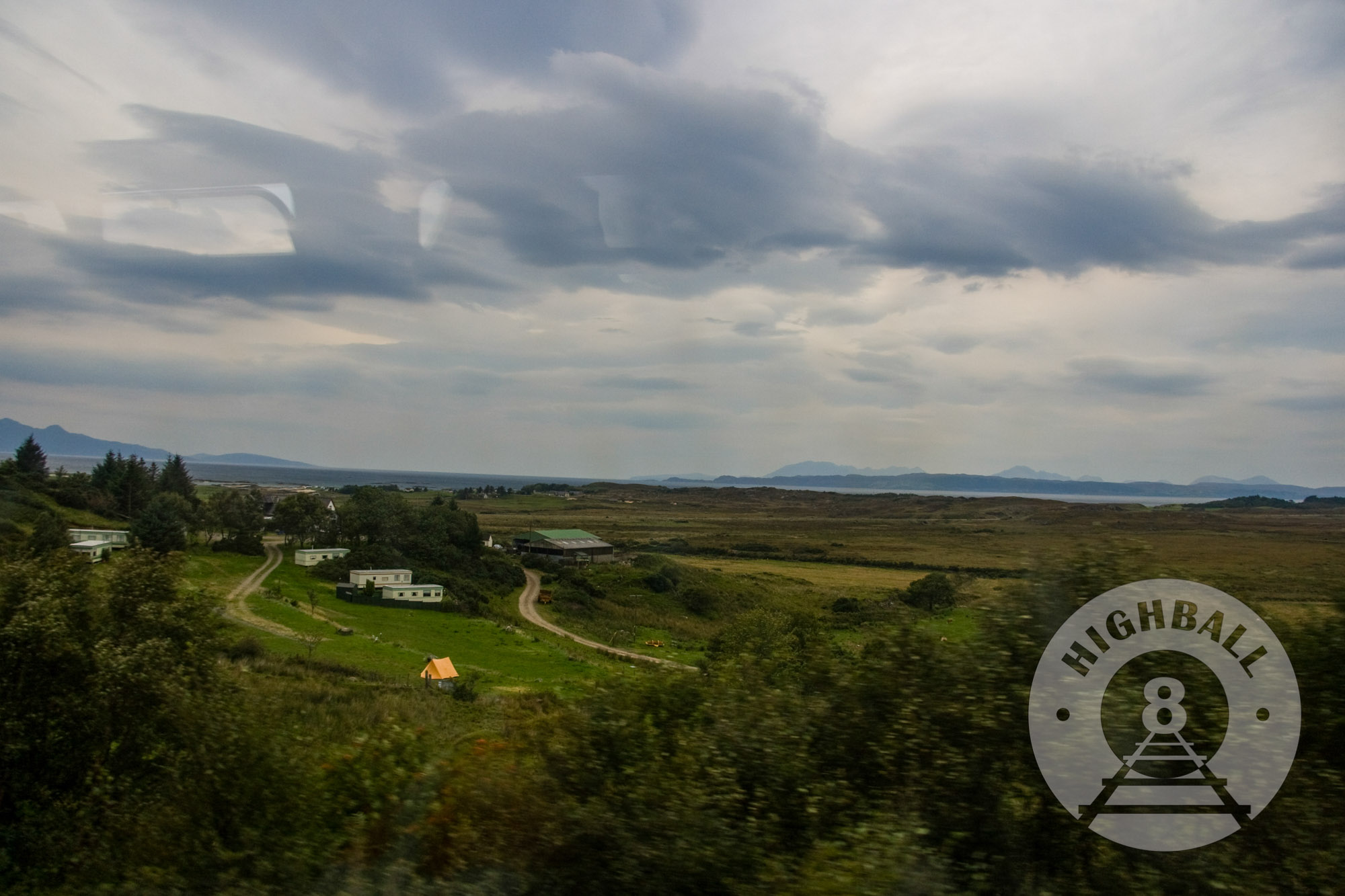
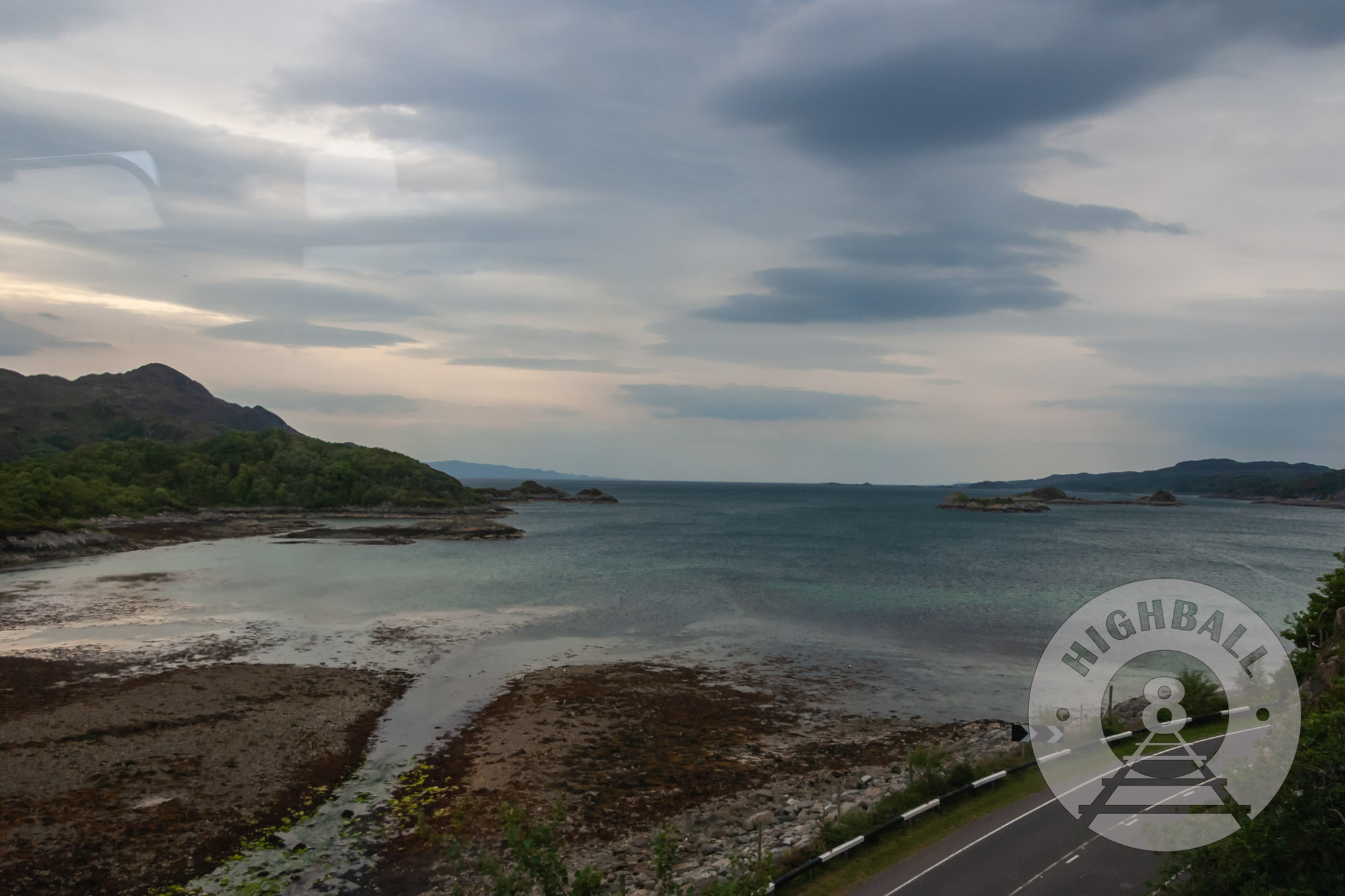
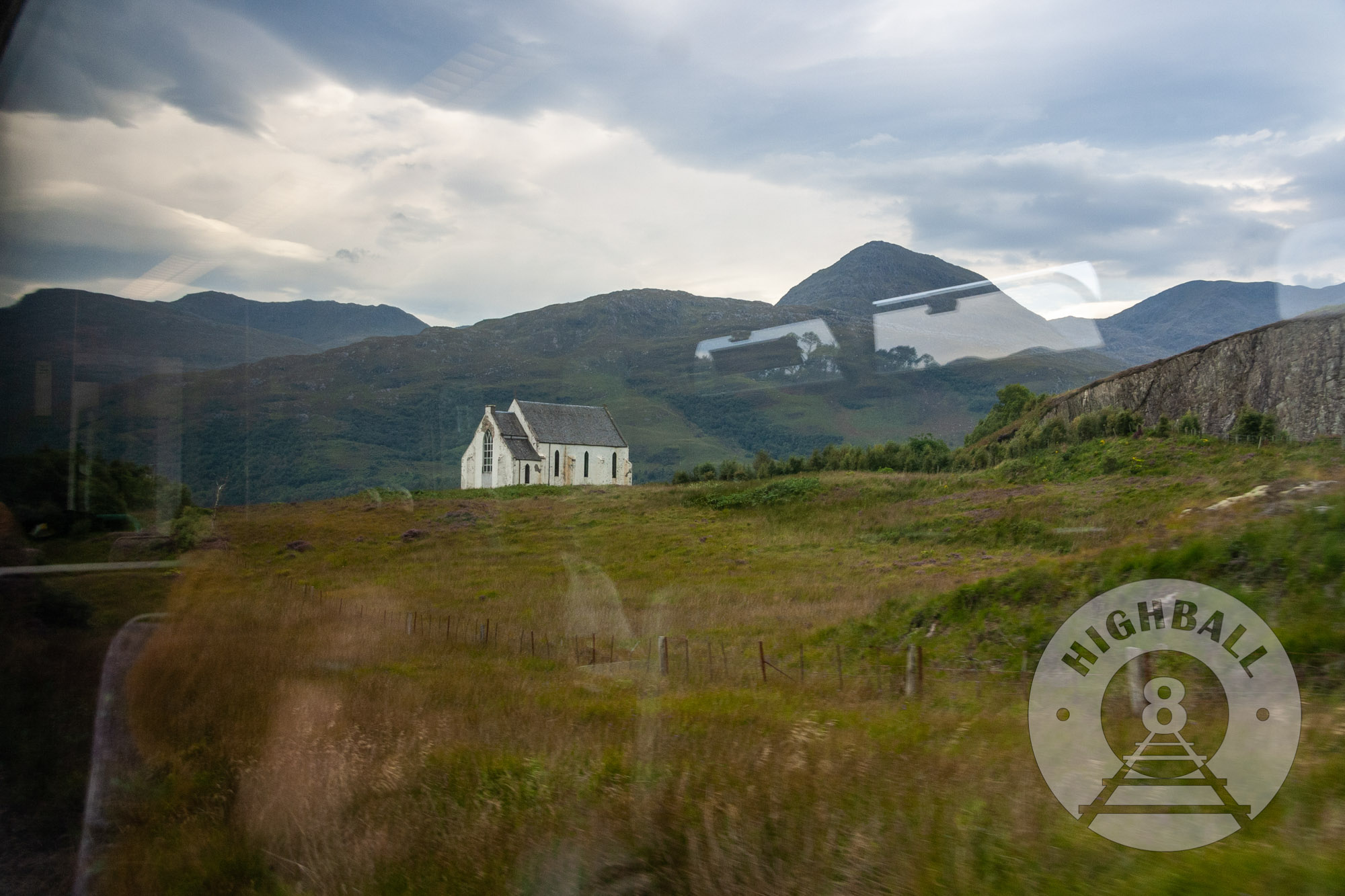
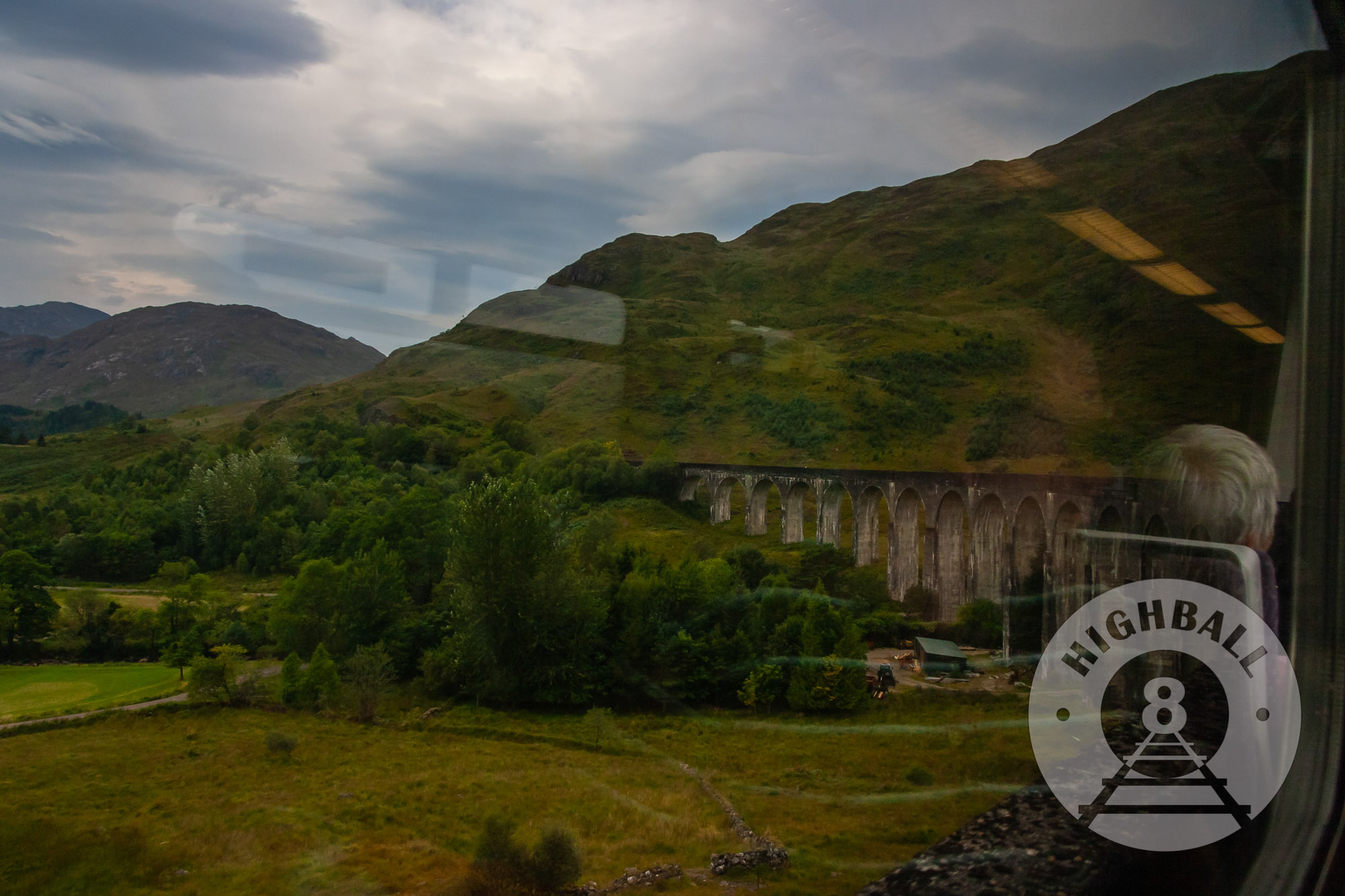
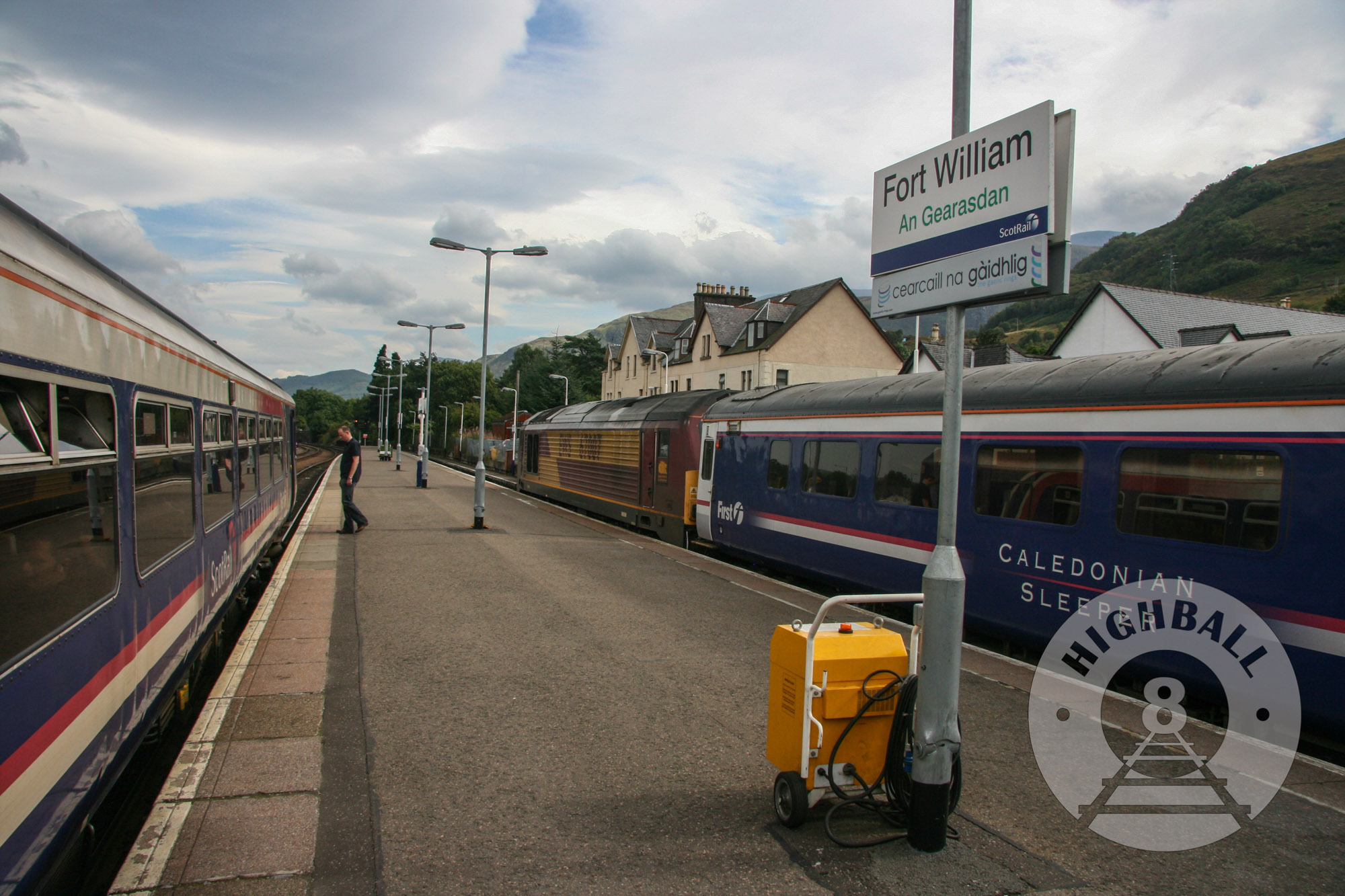
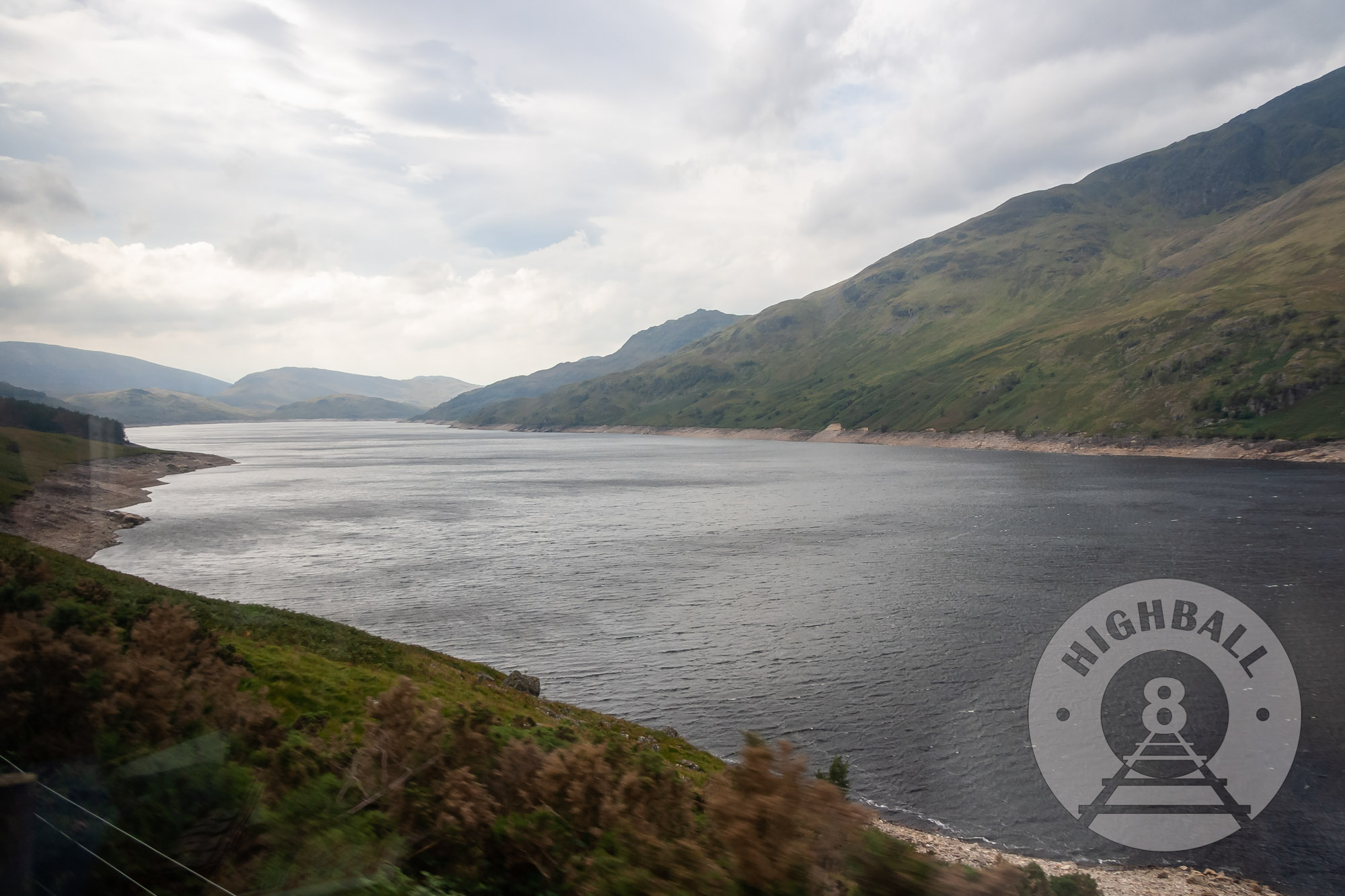
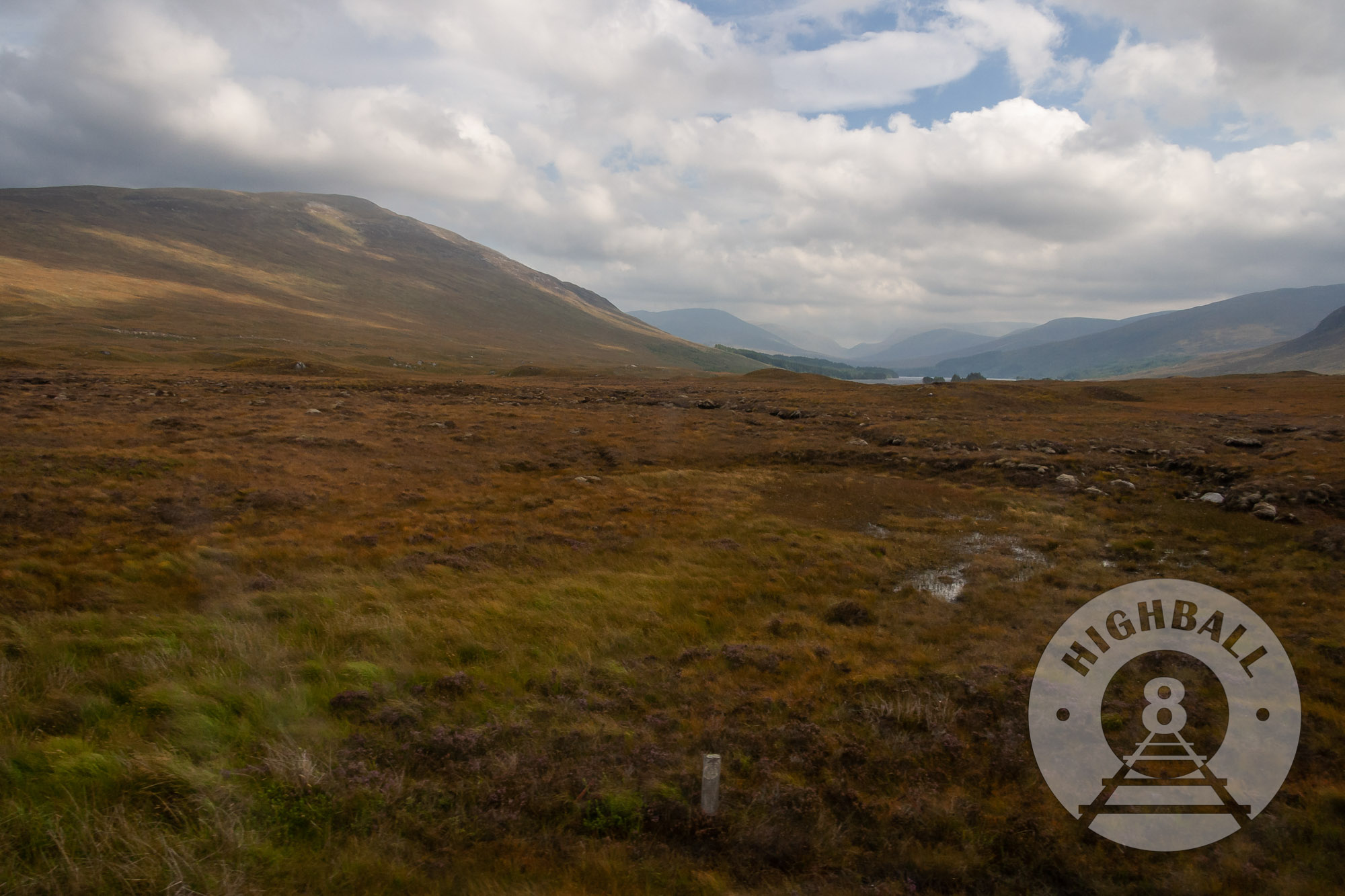
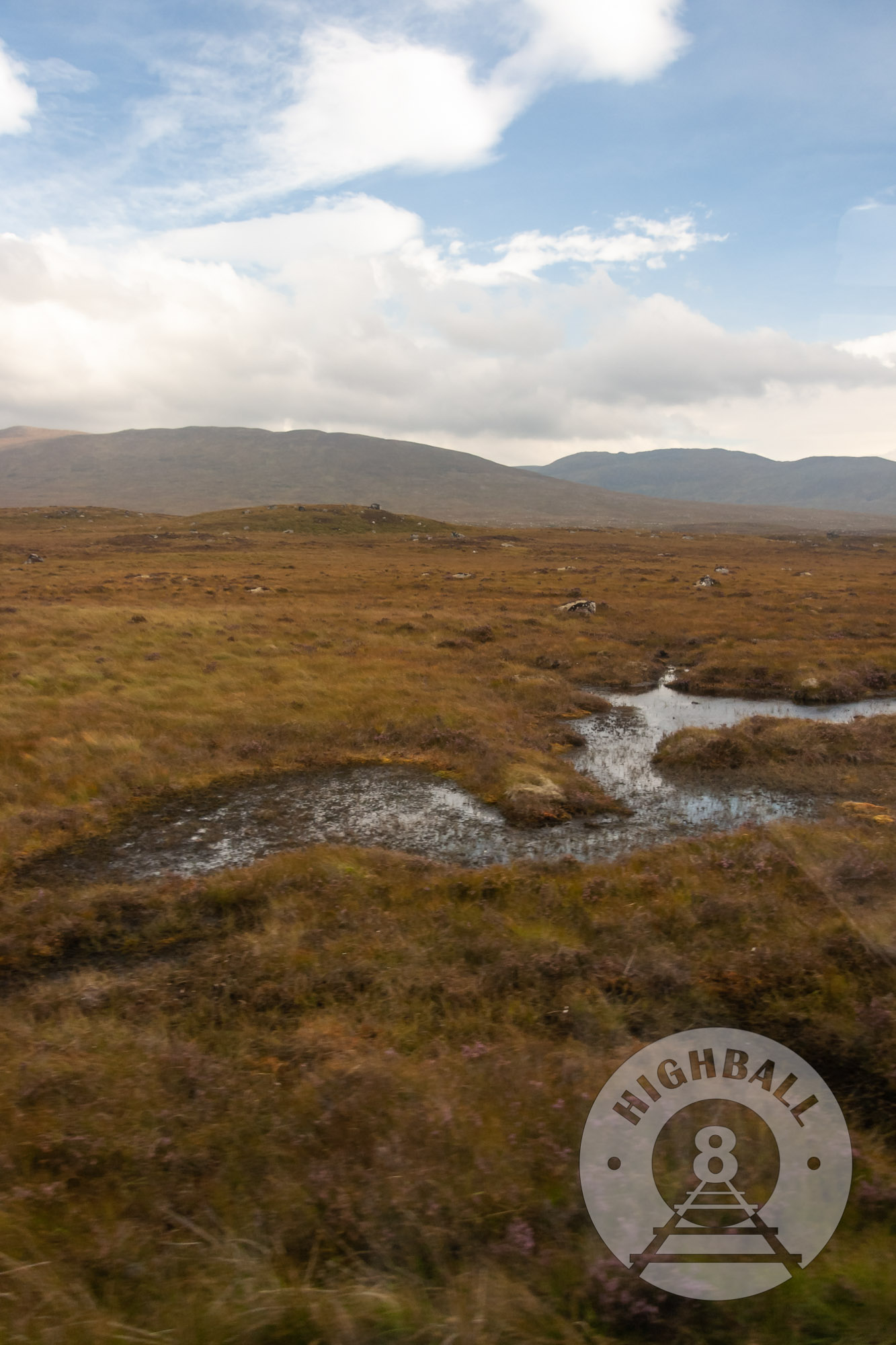
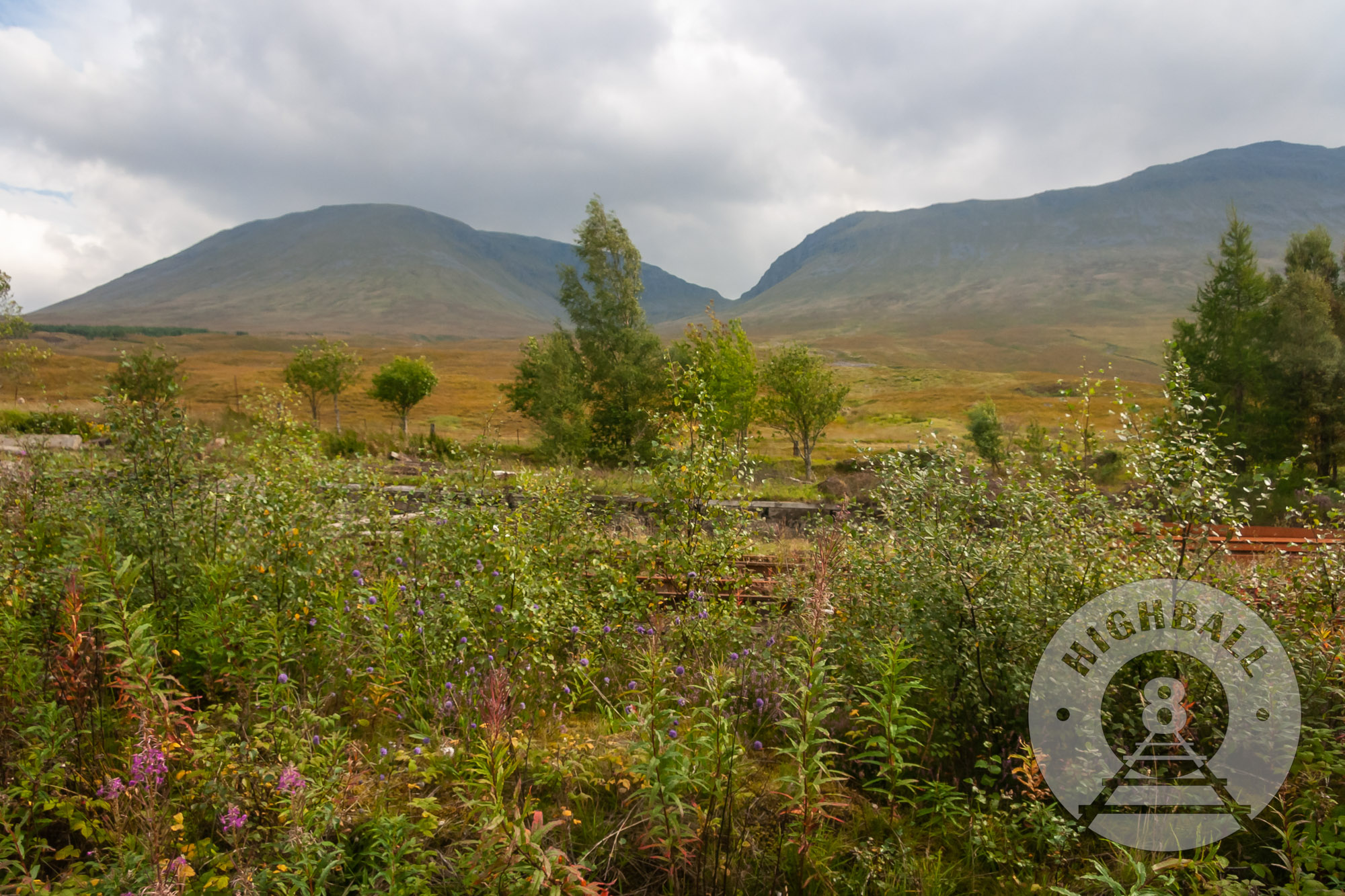
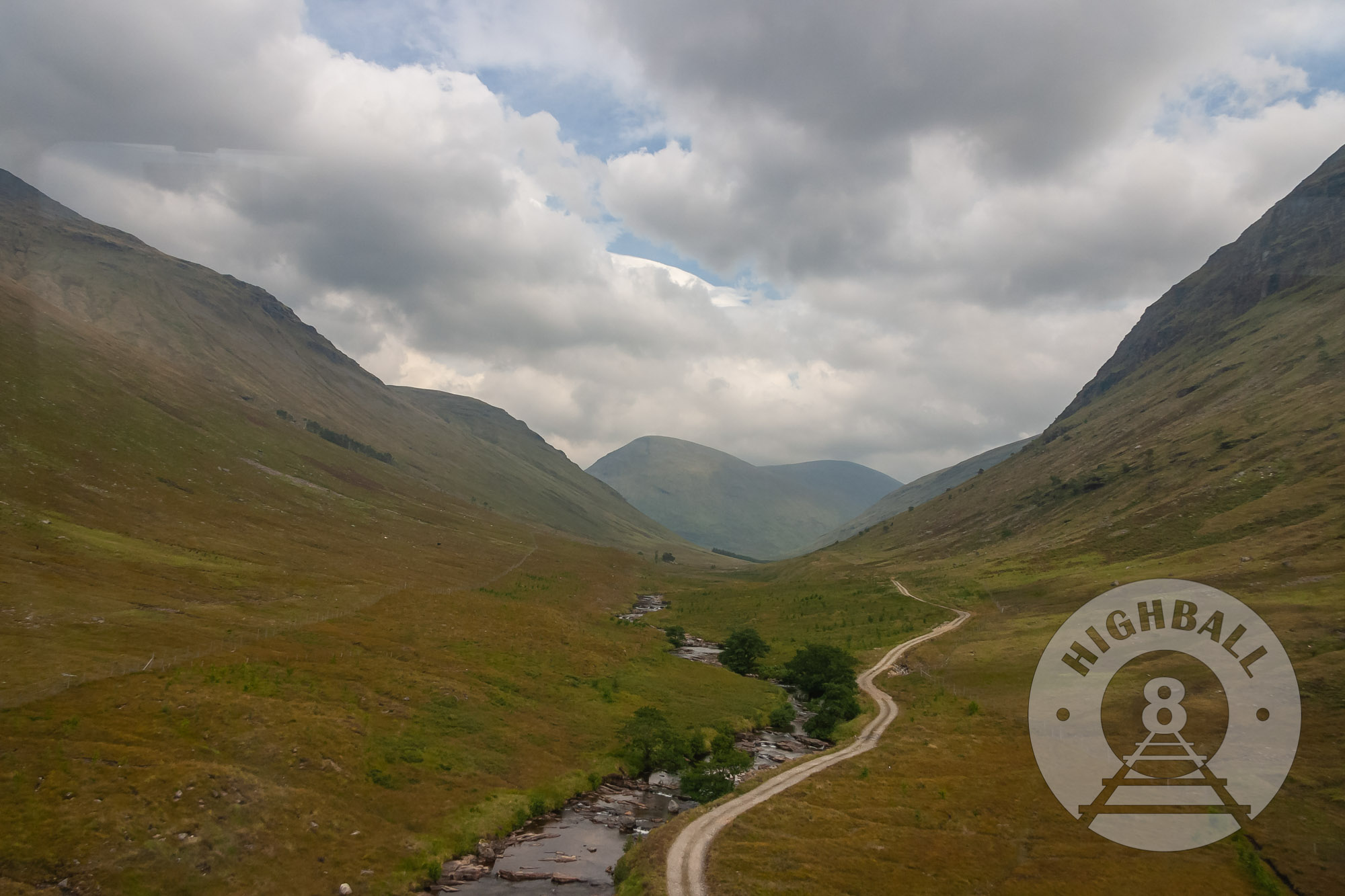
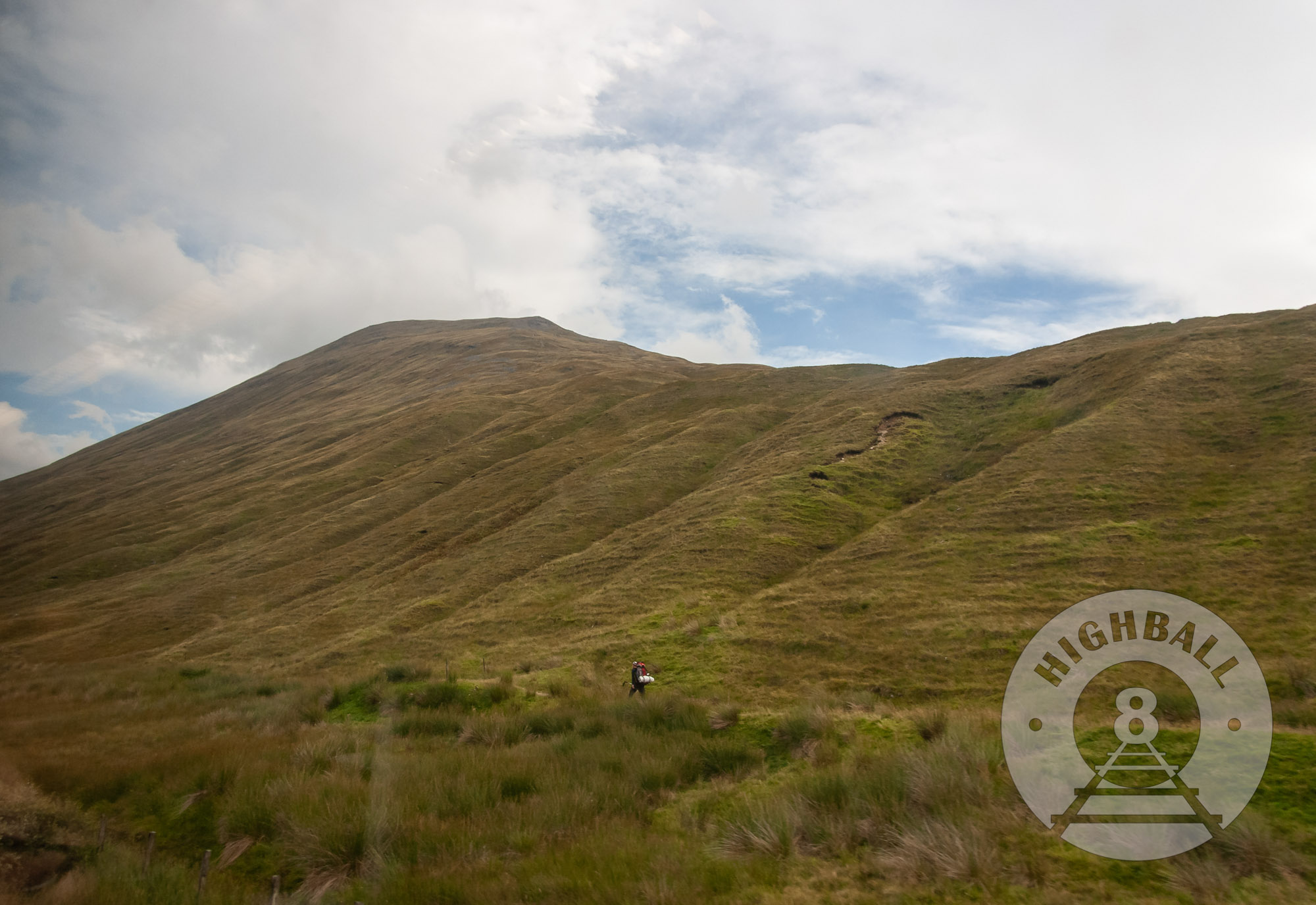
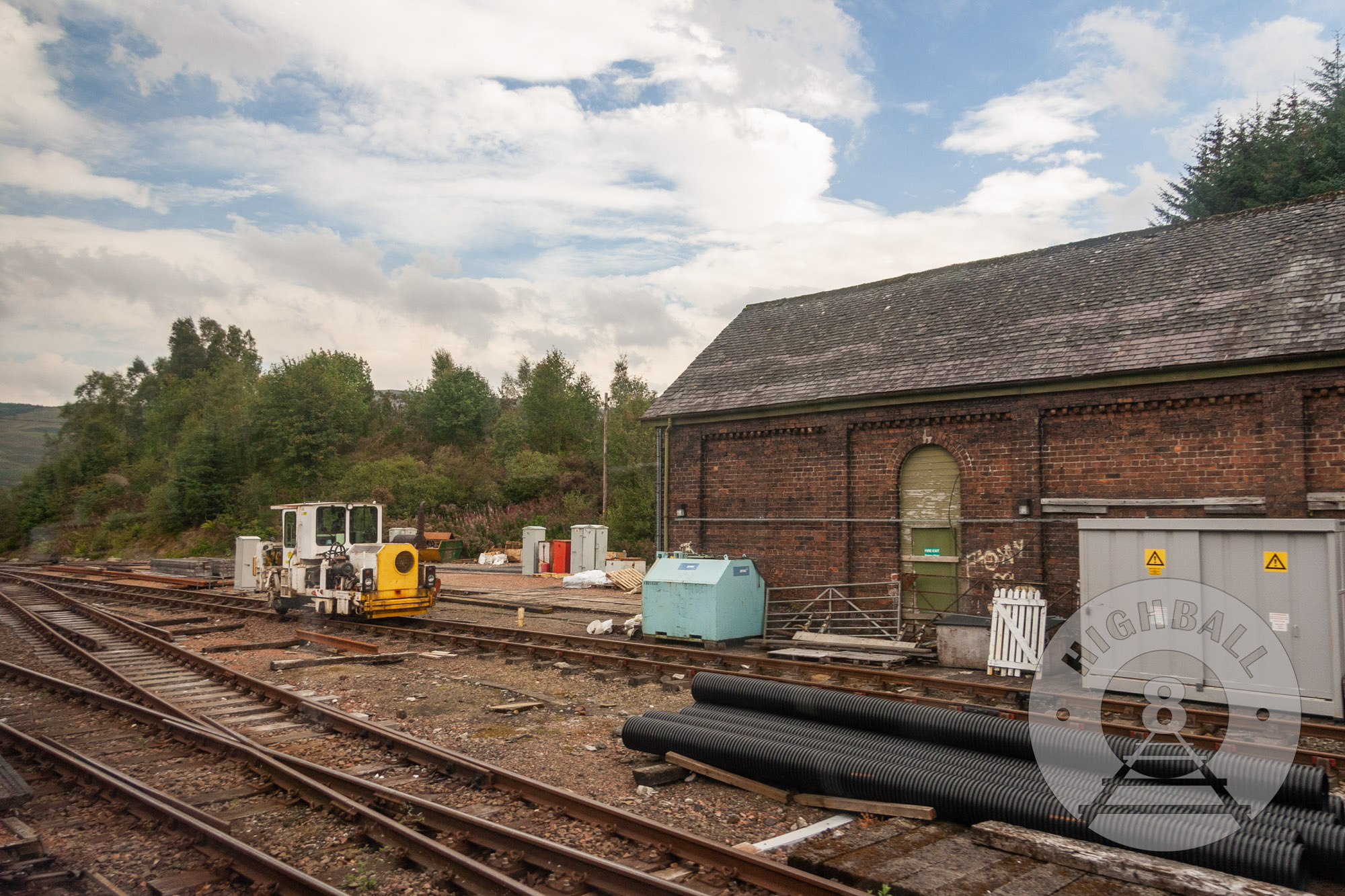
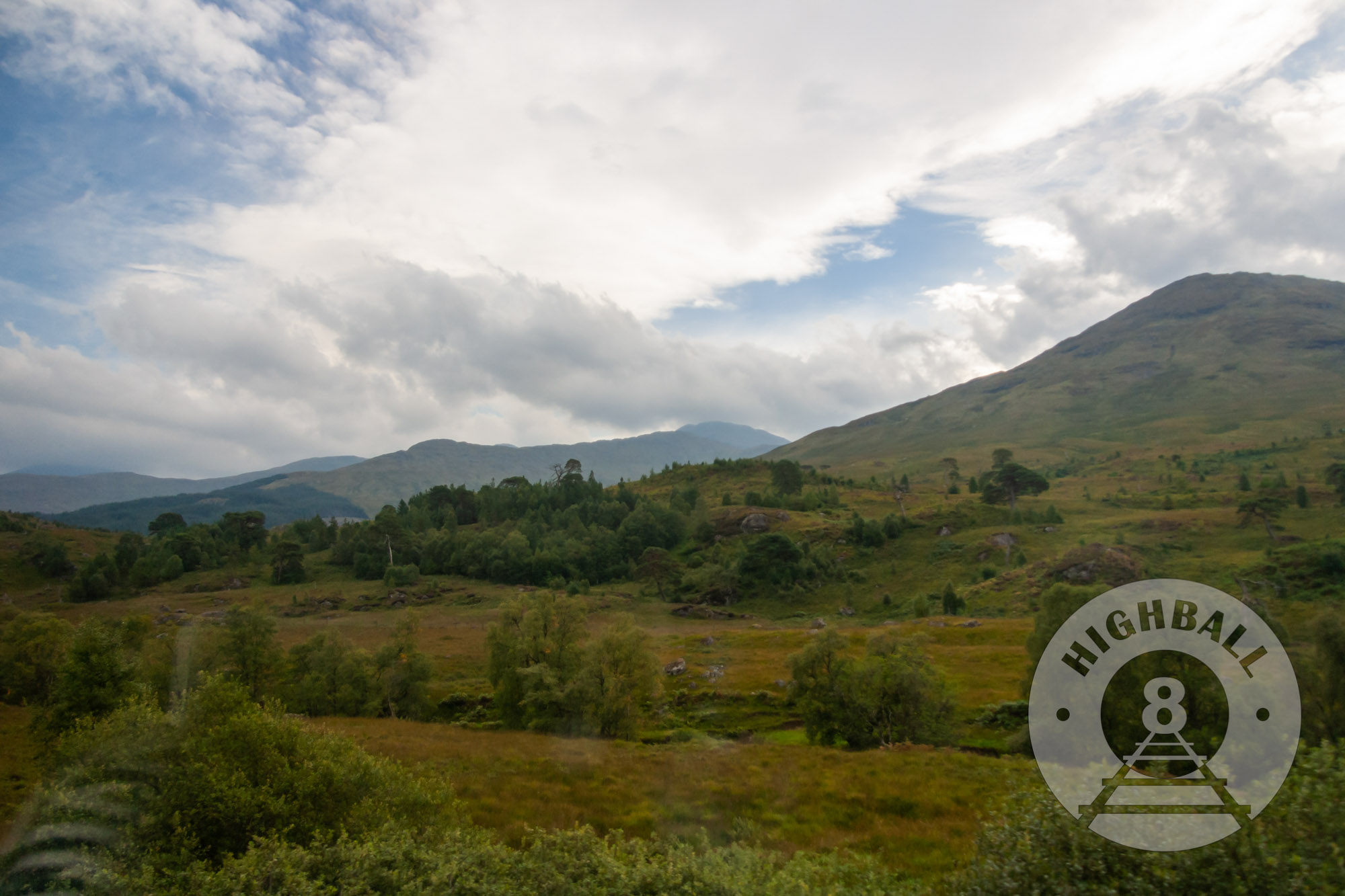
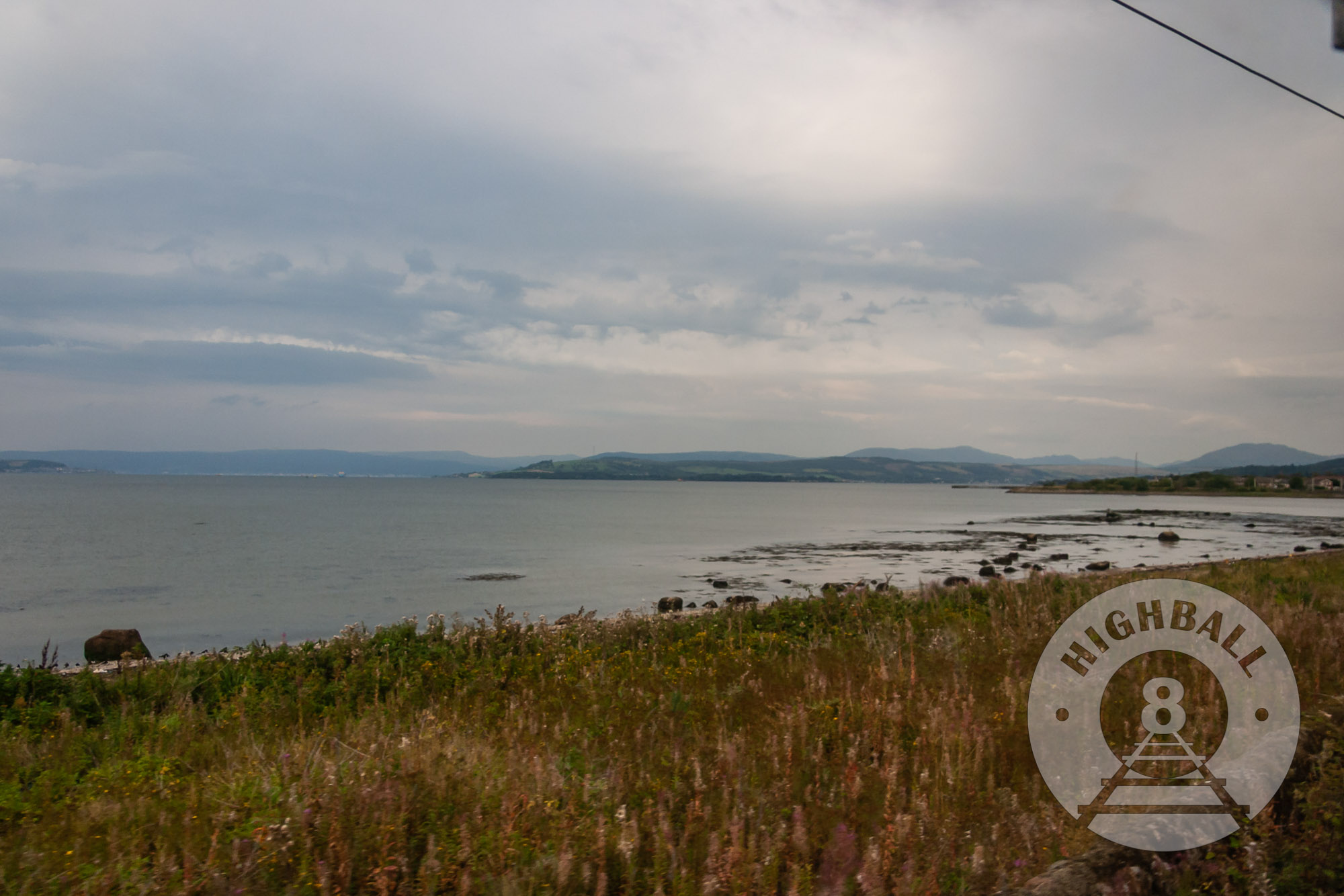
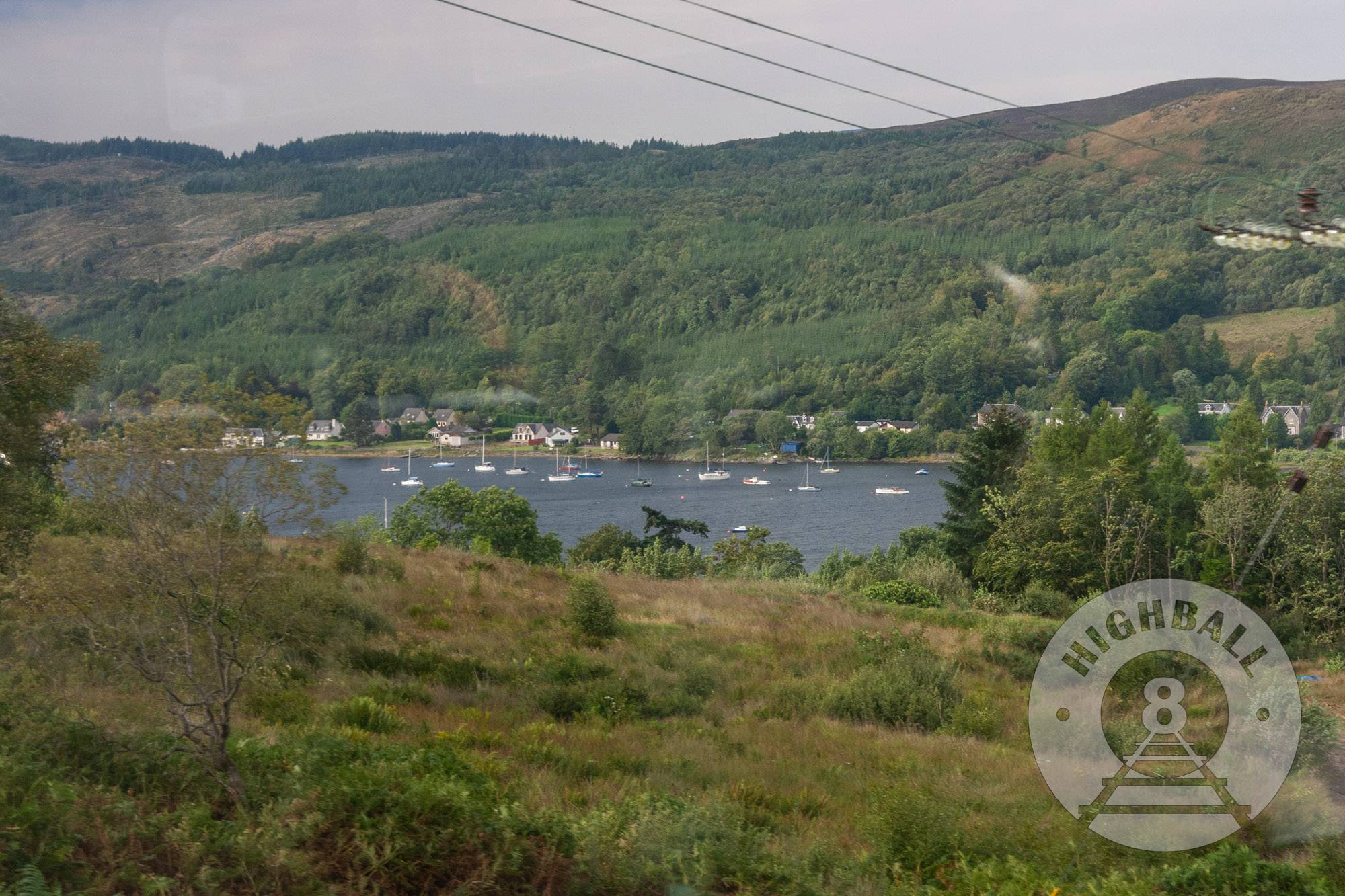
 England’s Peak District by Rail
England’s Peak District by Rail